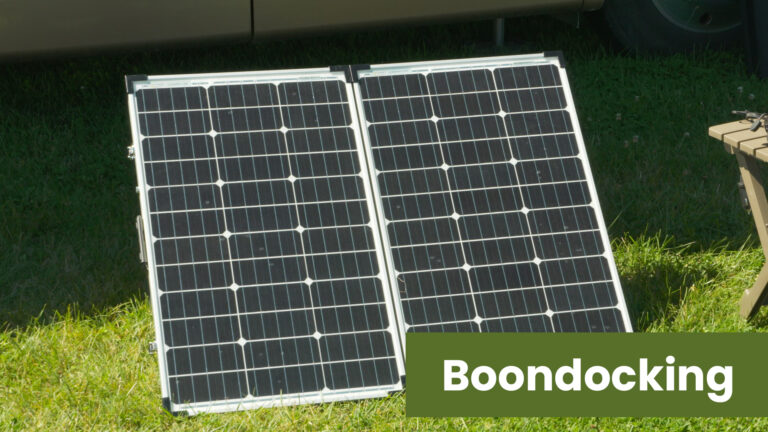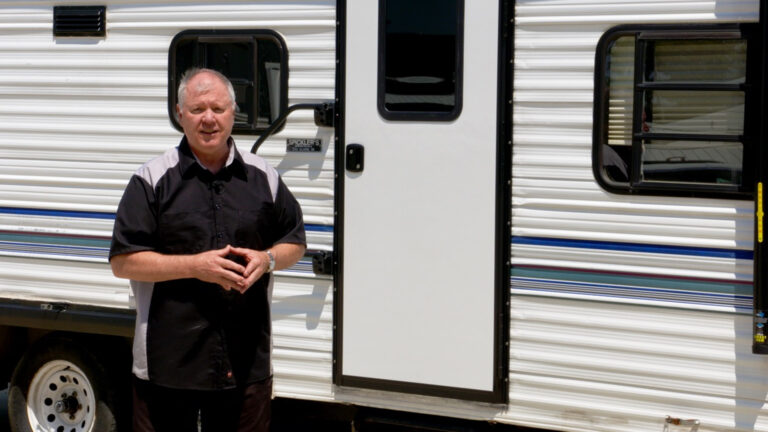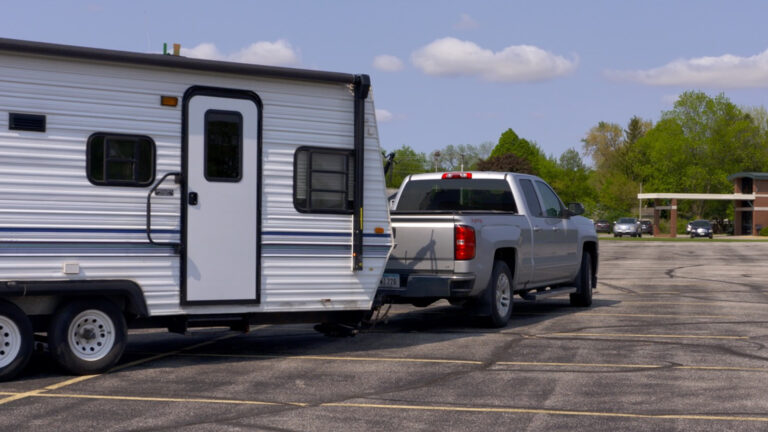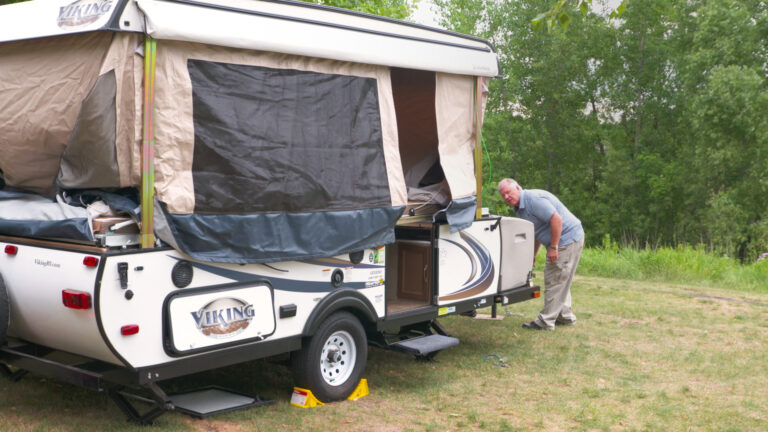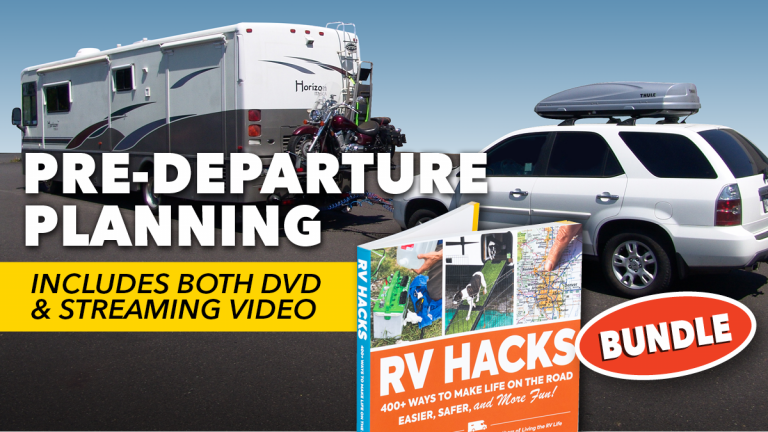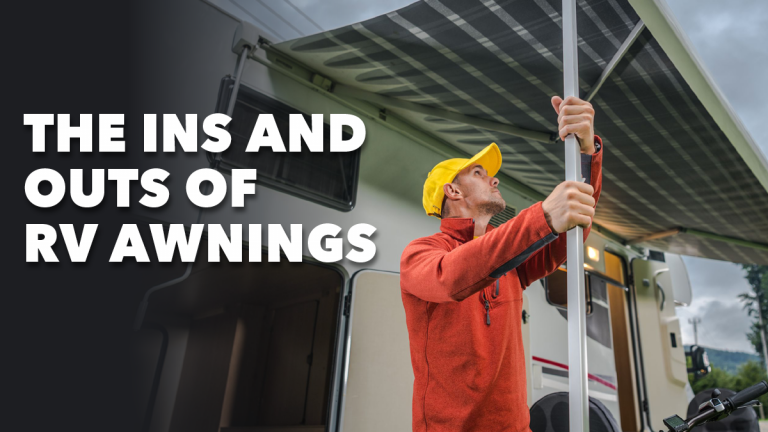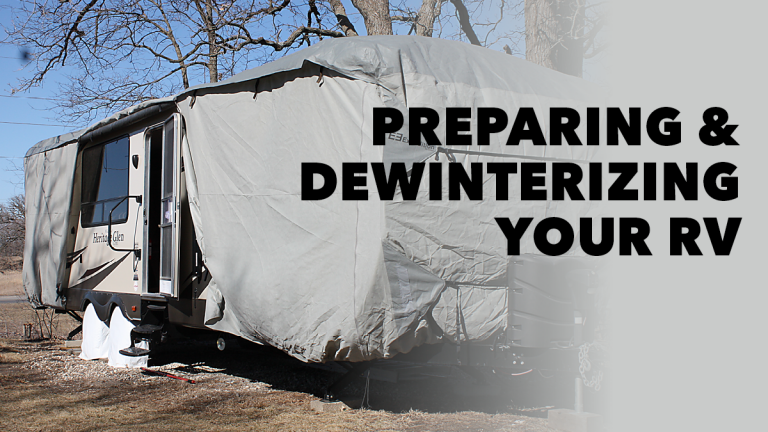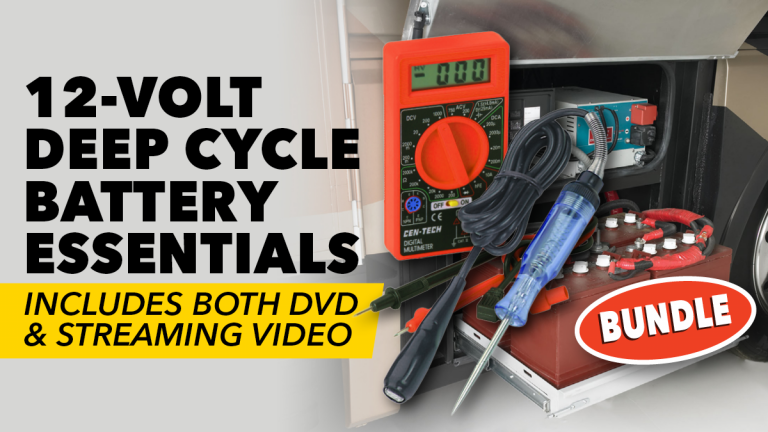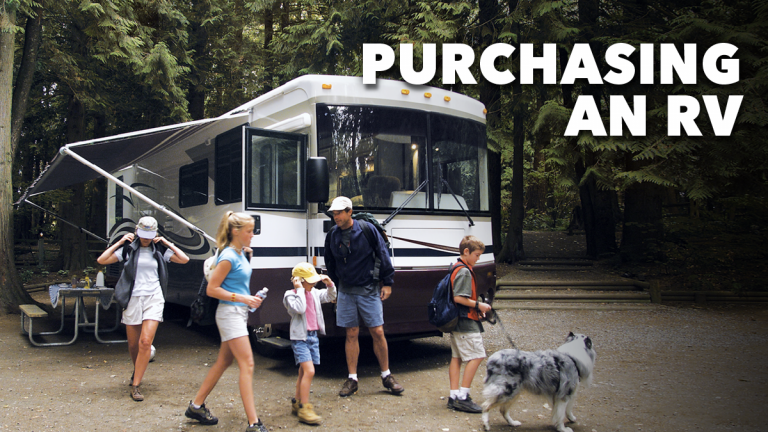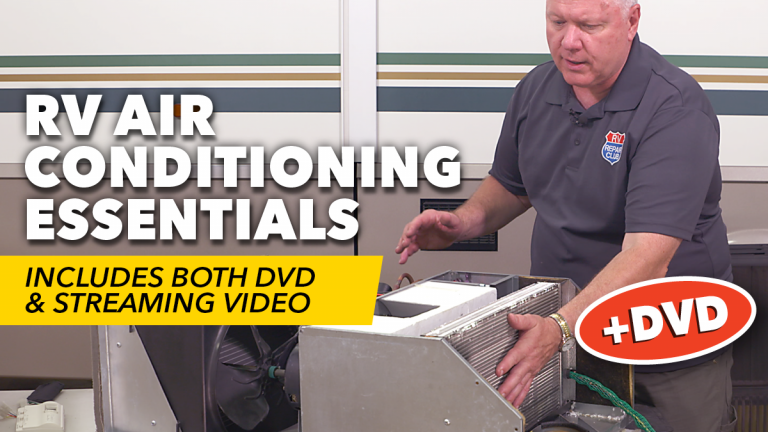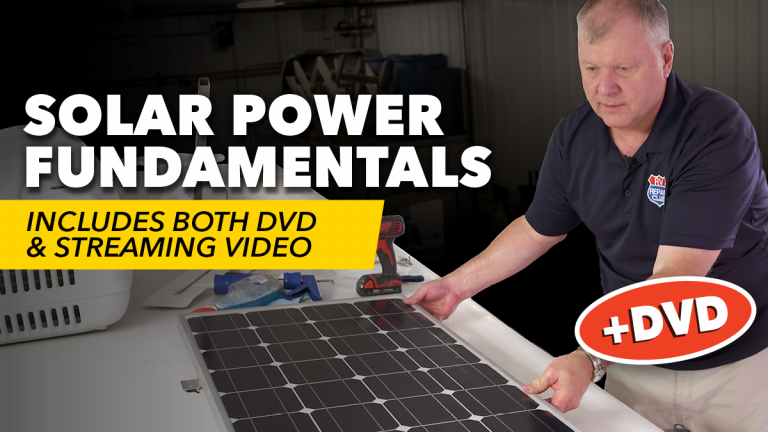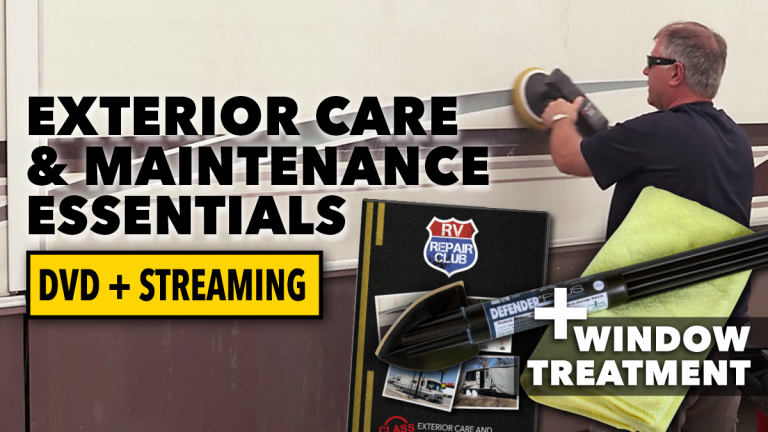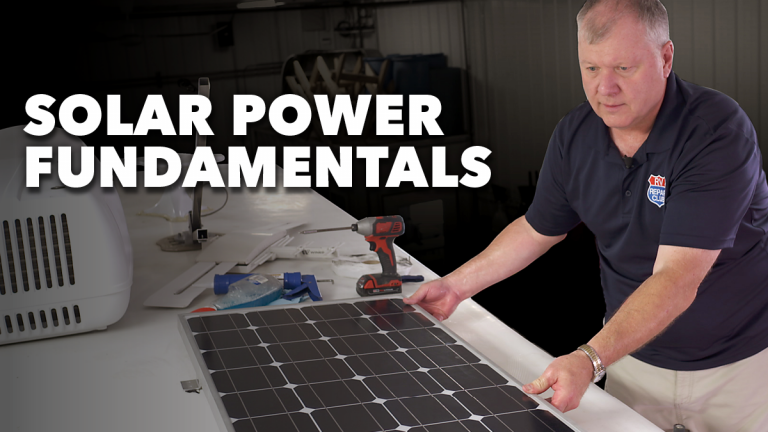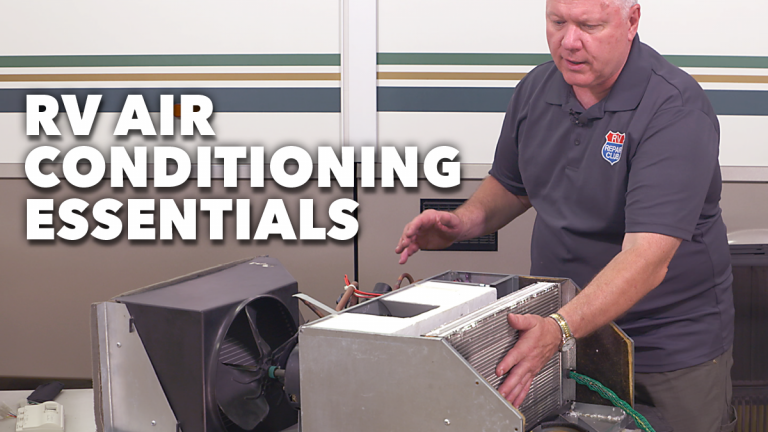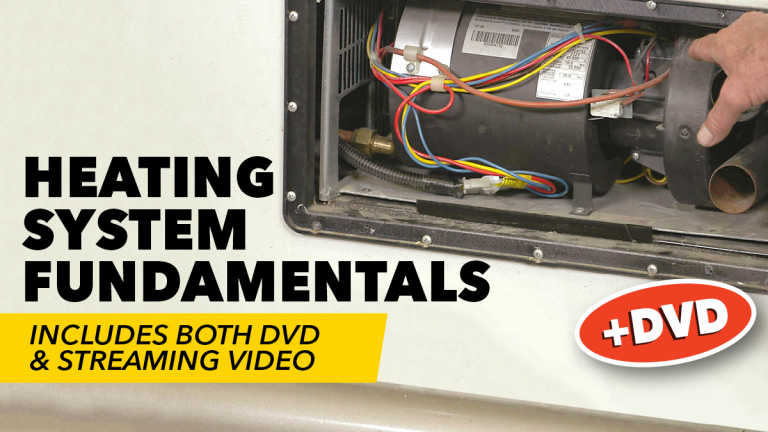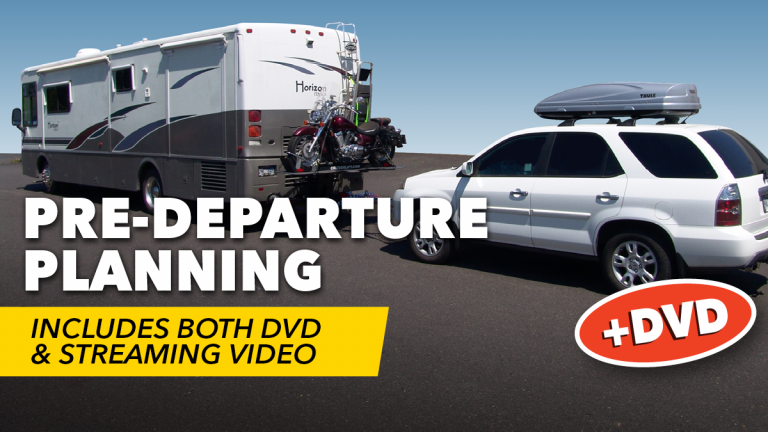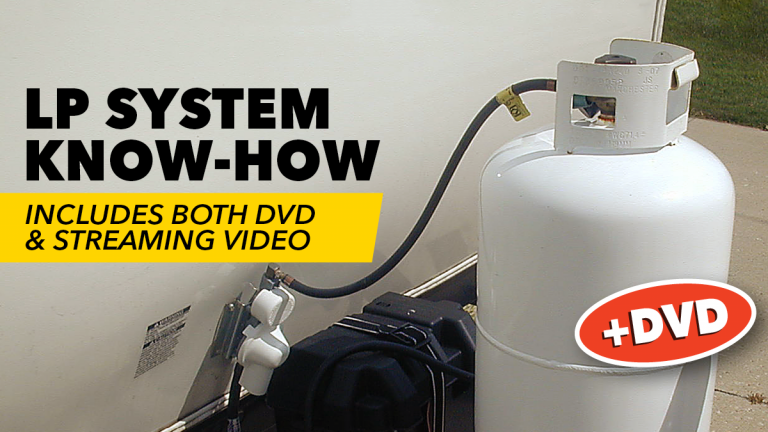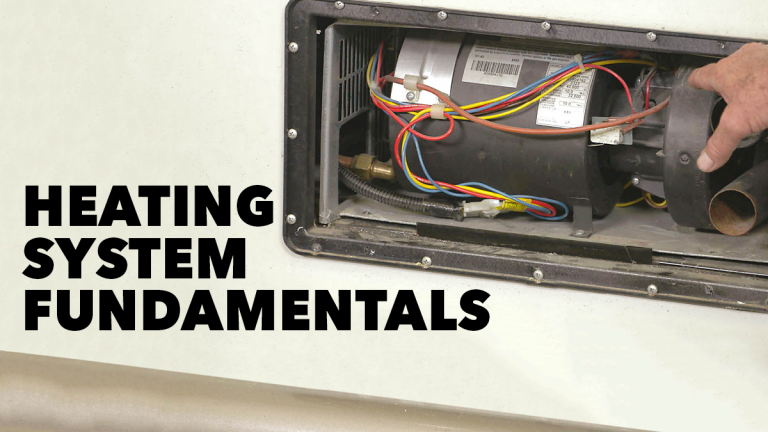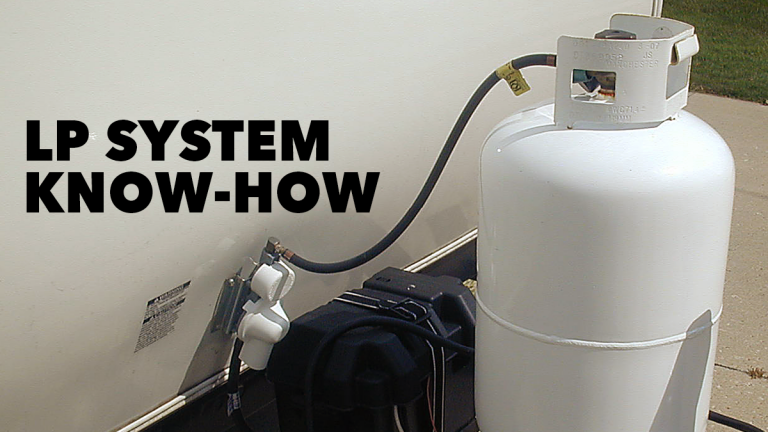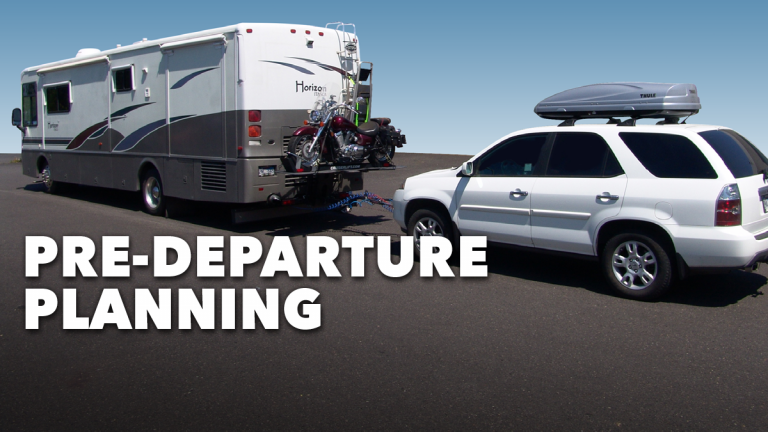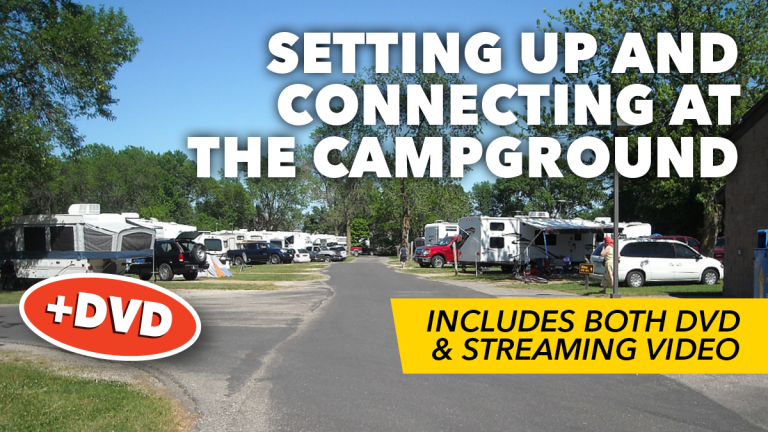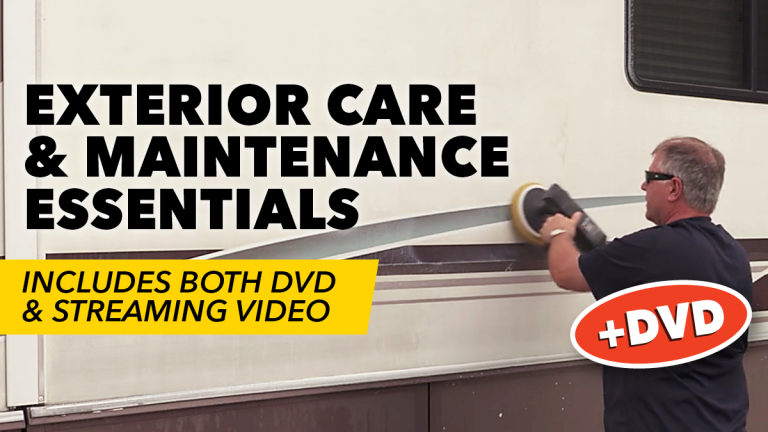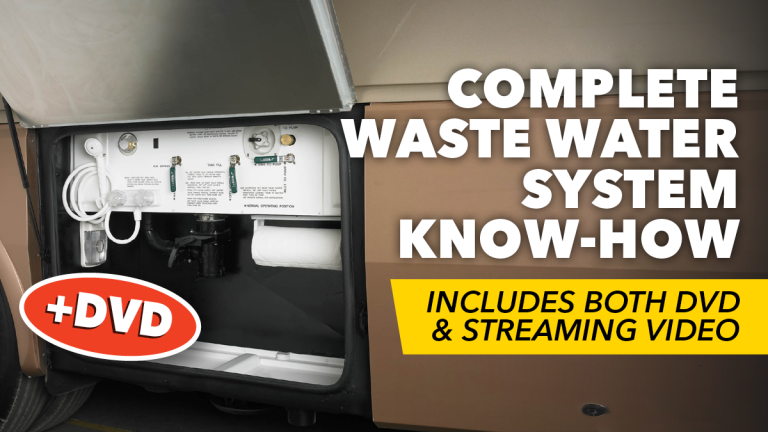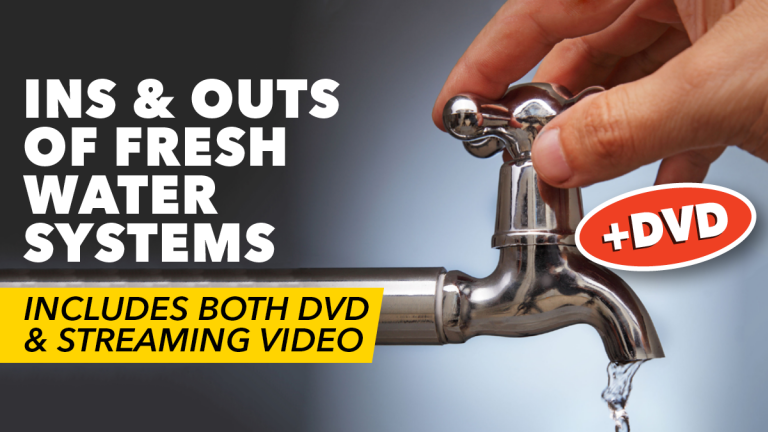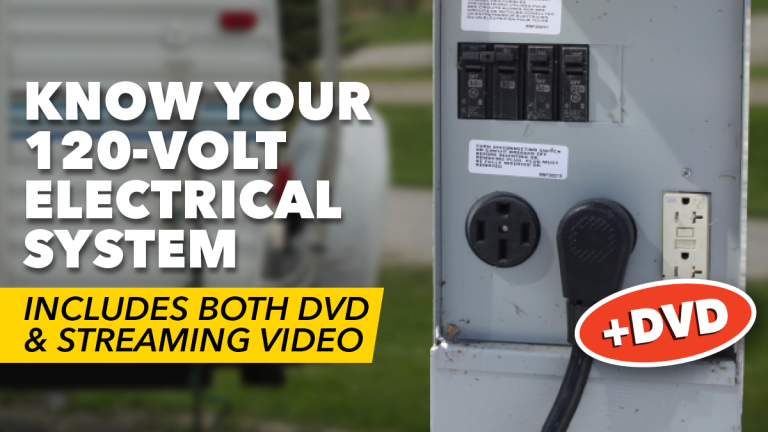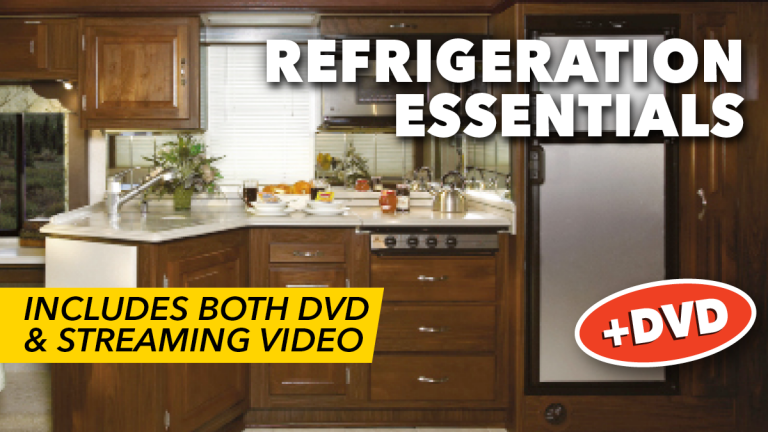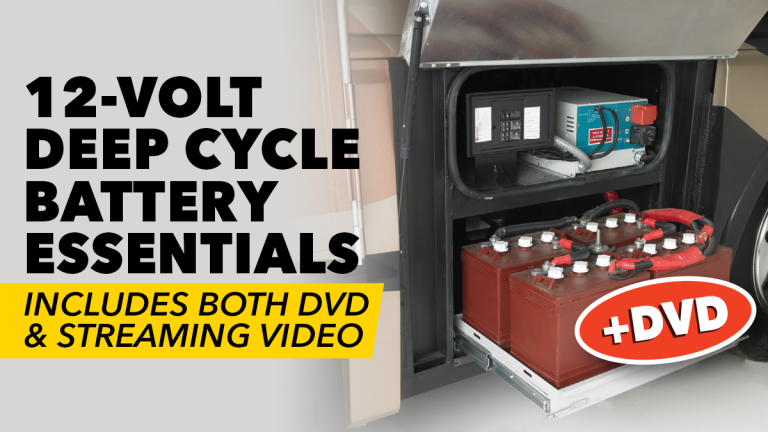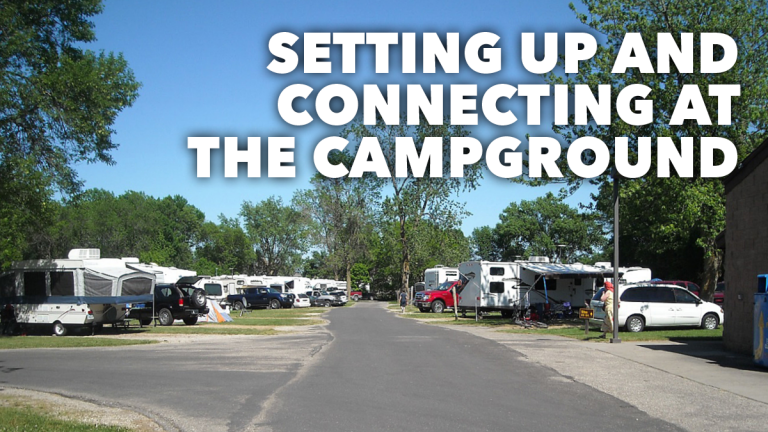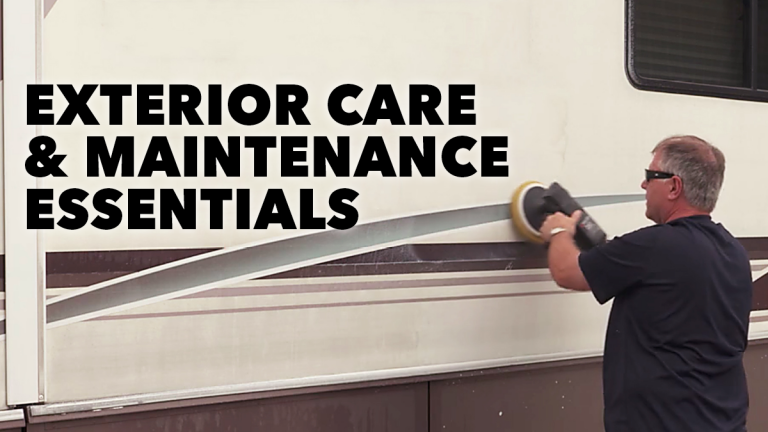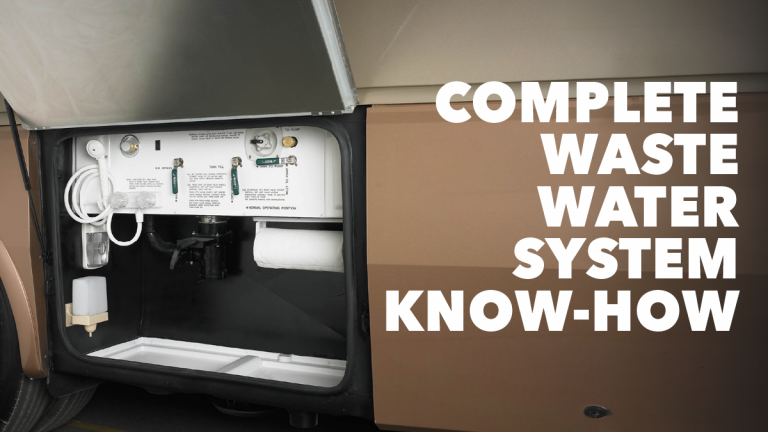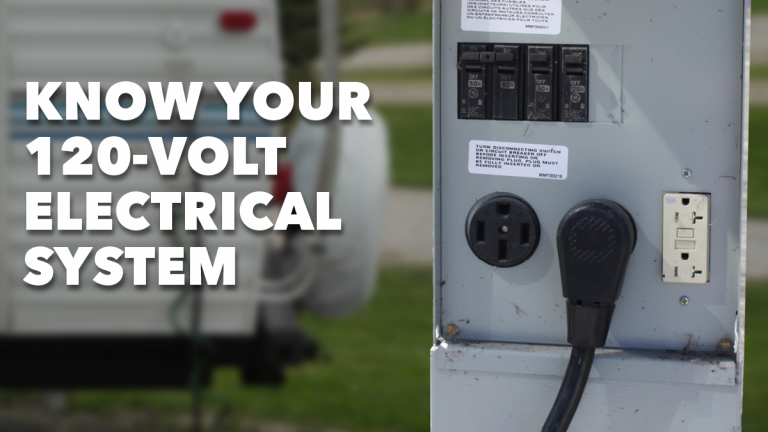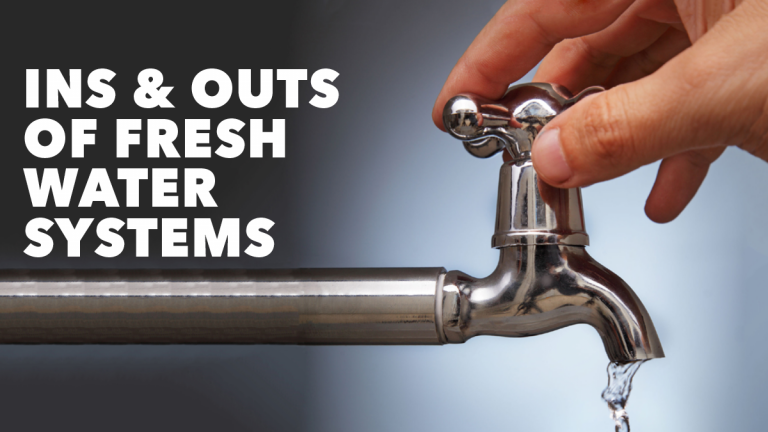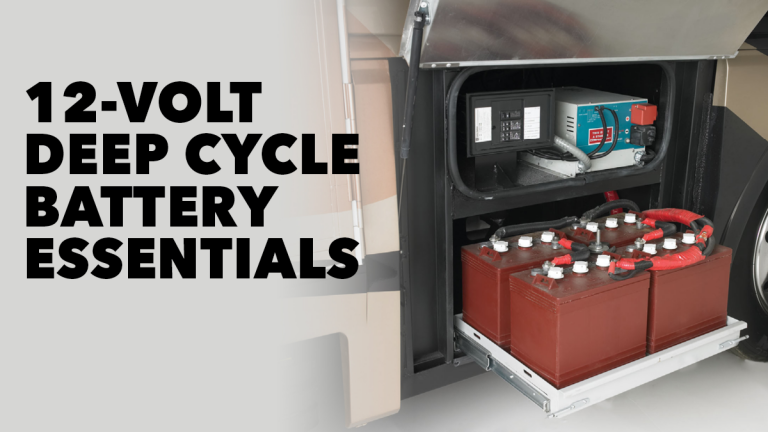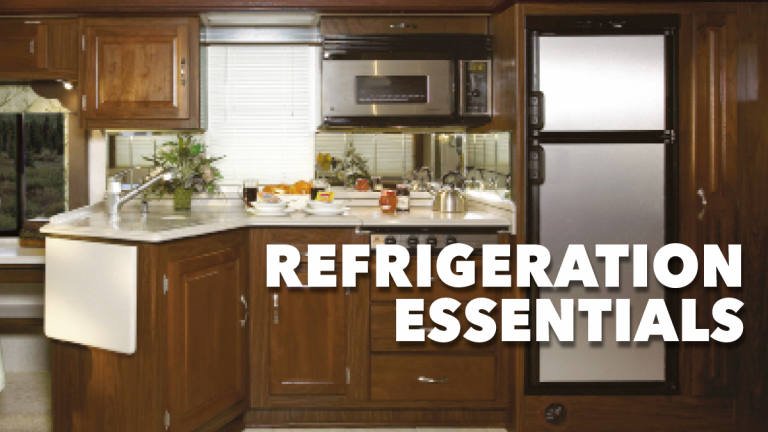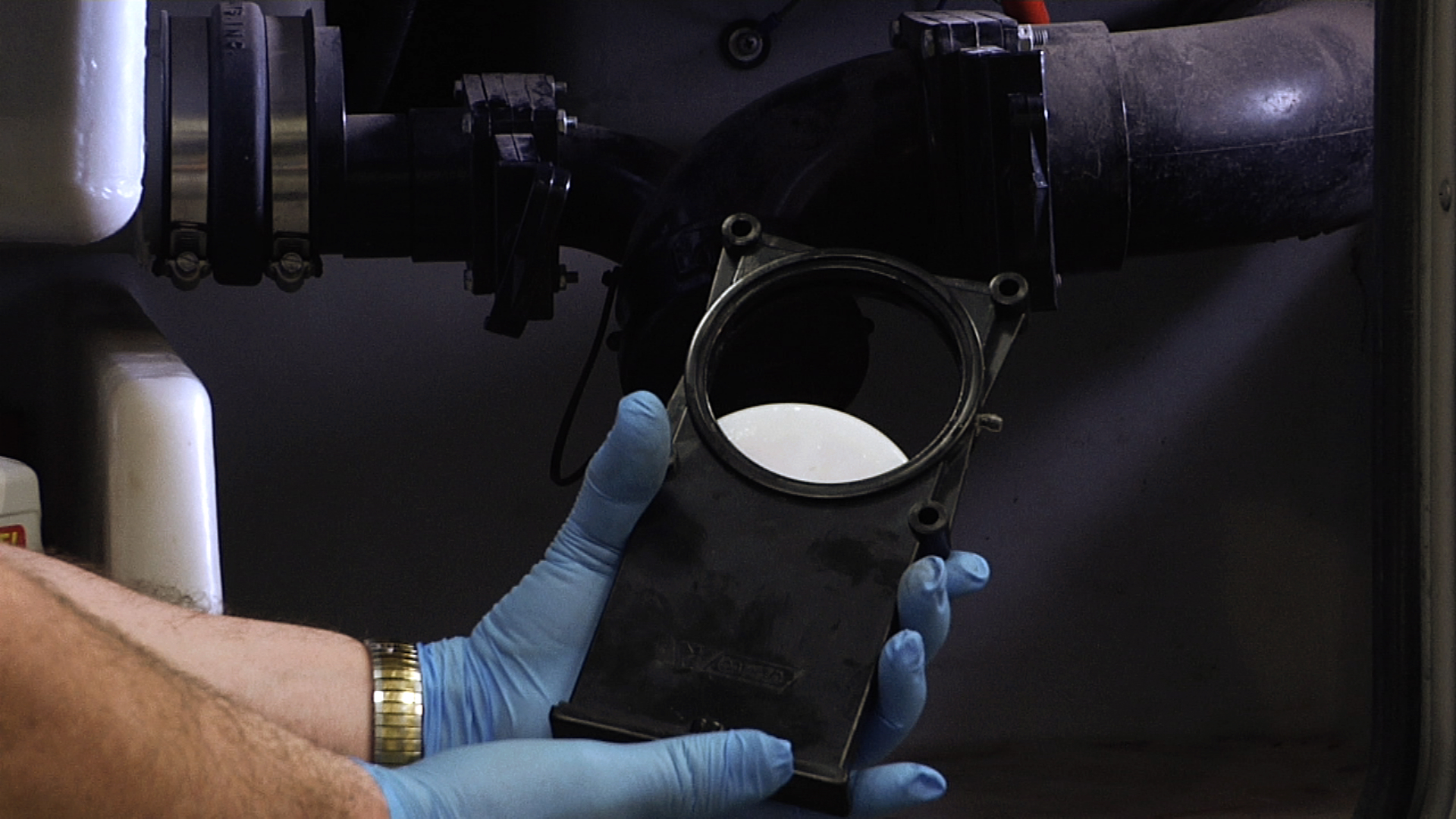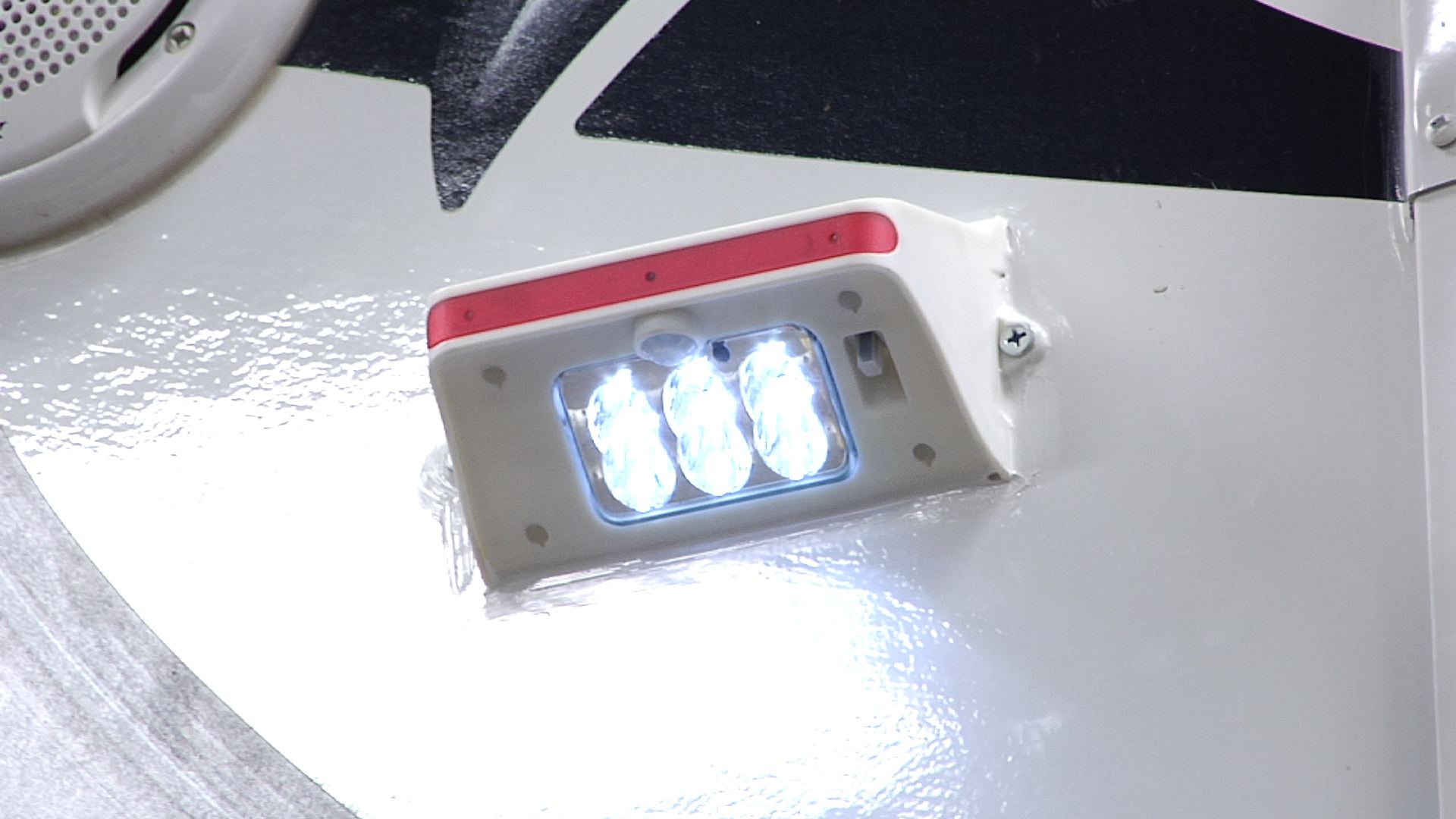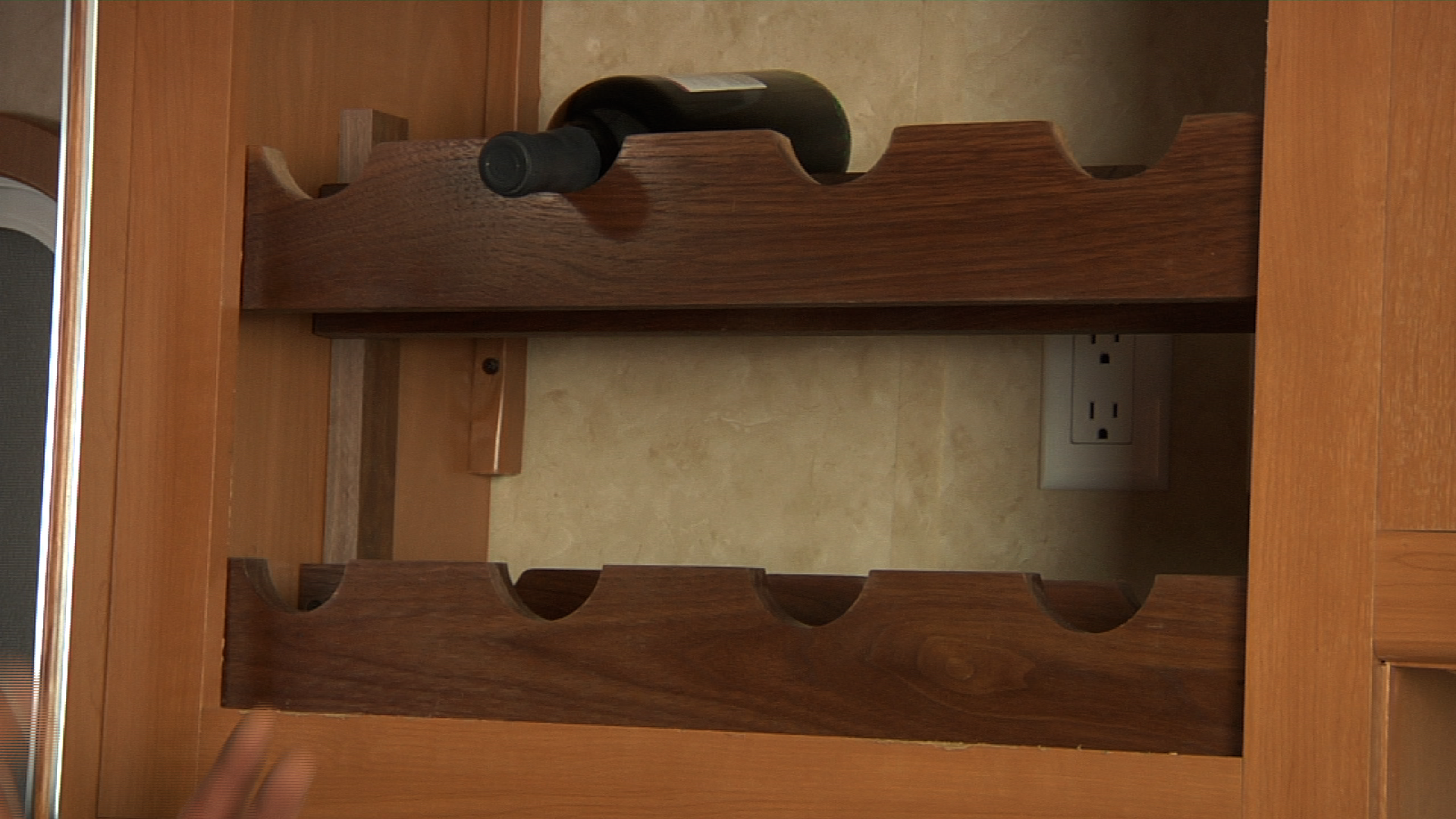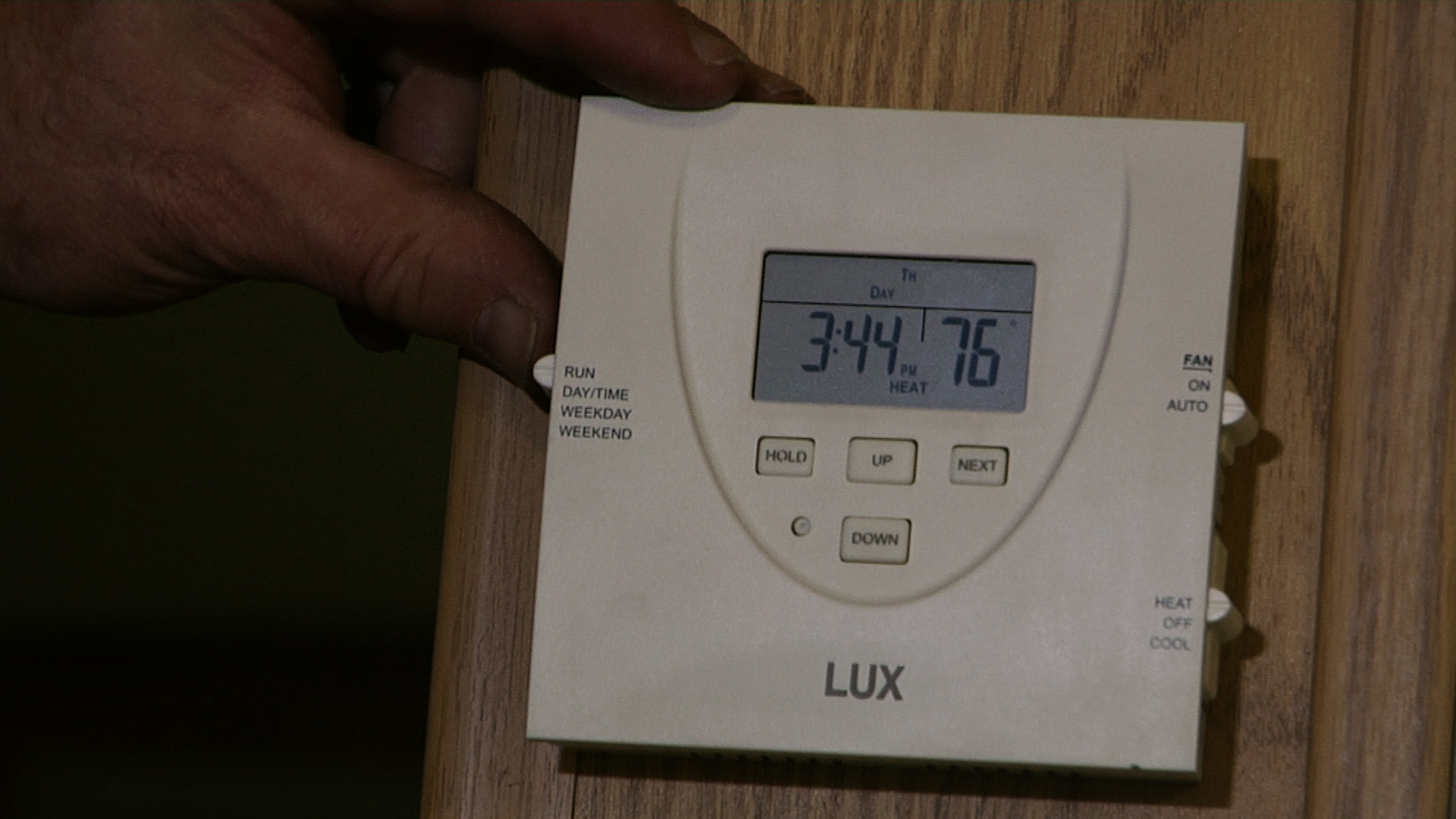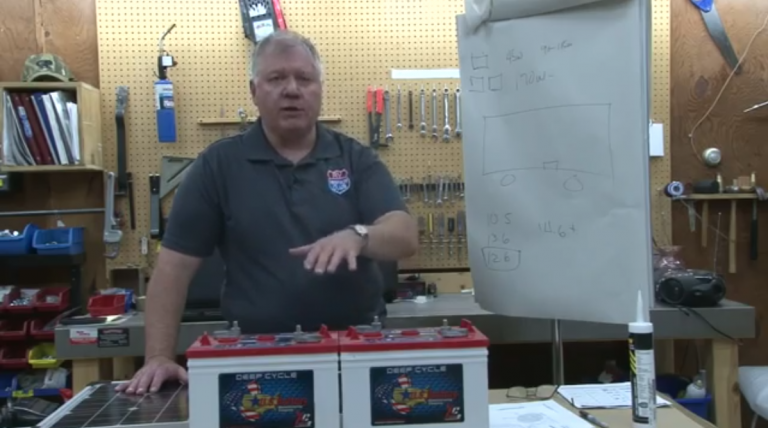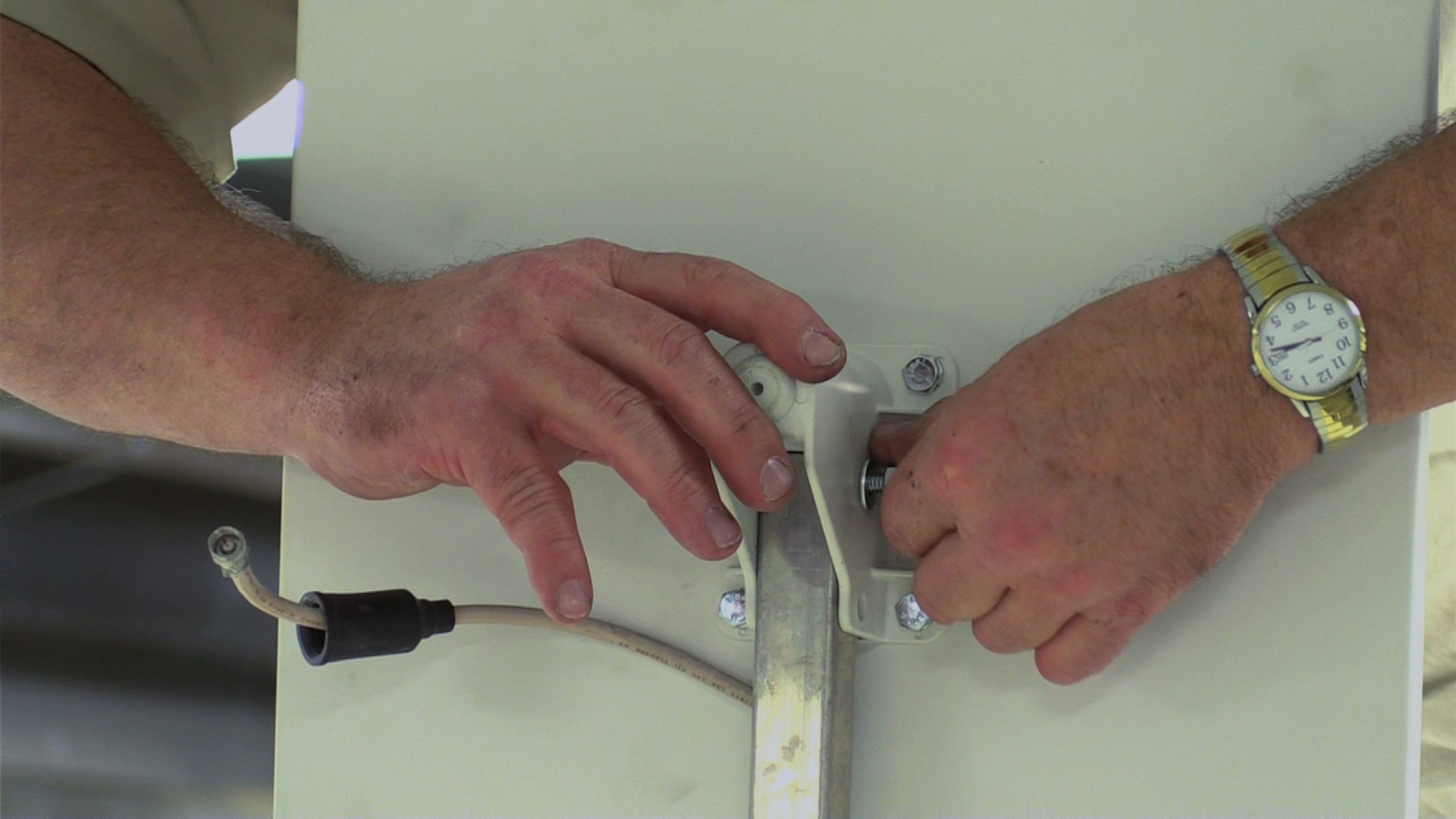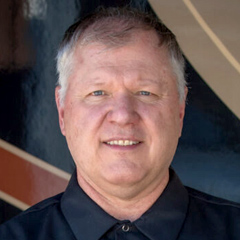
Know Your 120-Volt Electrical System Class & DVD + FREE Circuit Tester
Dave Solberg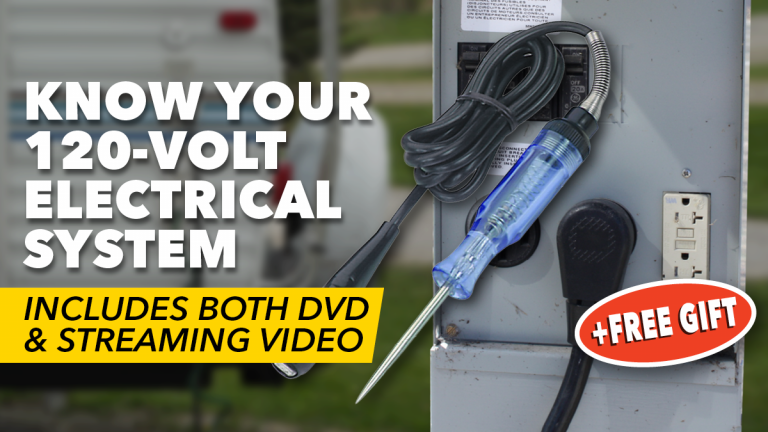

- In-depth Instruction; over 74 mins
- On-demand video access anytime
- Bonus downloadable PDF resources
- Access to class Q&A
- Available for purchase: $49.99
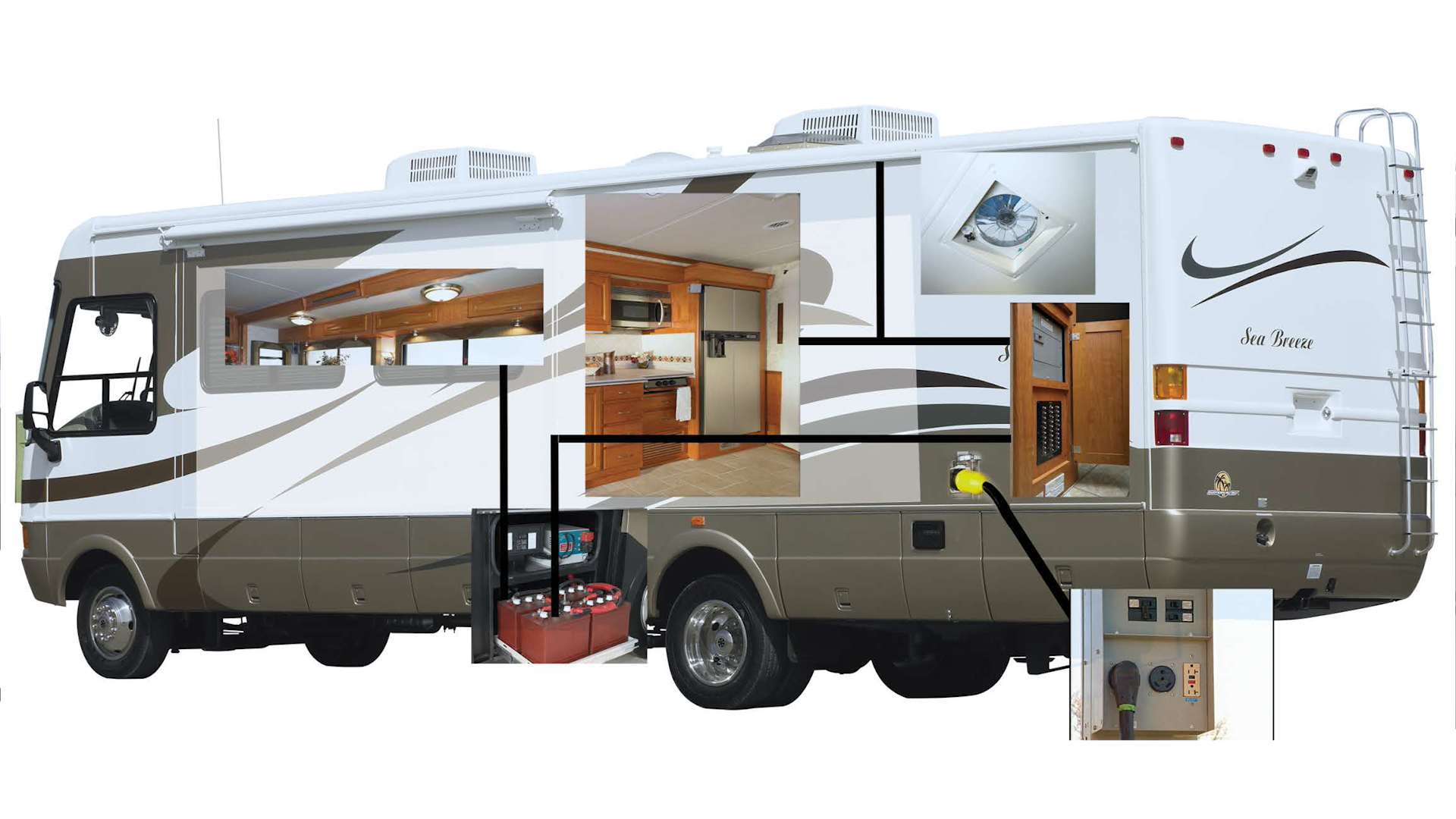
RV Campgrounds receive electrical power from the main grid by either the city municipality or a rural electric company/cooperative. Underground runs typically supply the power to the individual camping sites and up to the electrical post and a covered electrical connection. Most smaller campgrounds charge a flat fee for electrical usage, however more and more campgrounds are adding electrical meters to determine the usage and charge accordingly.
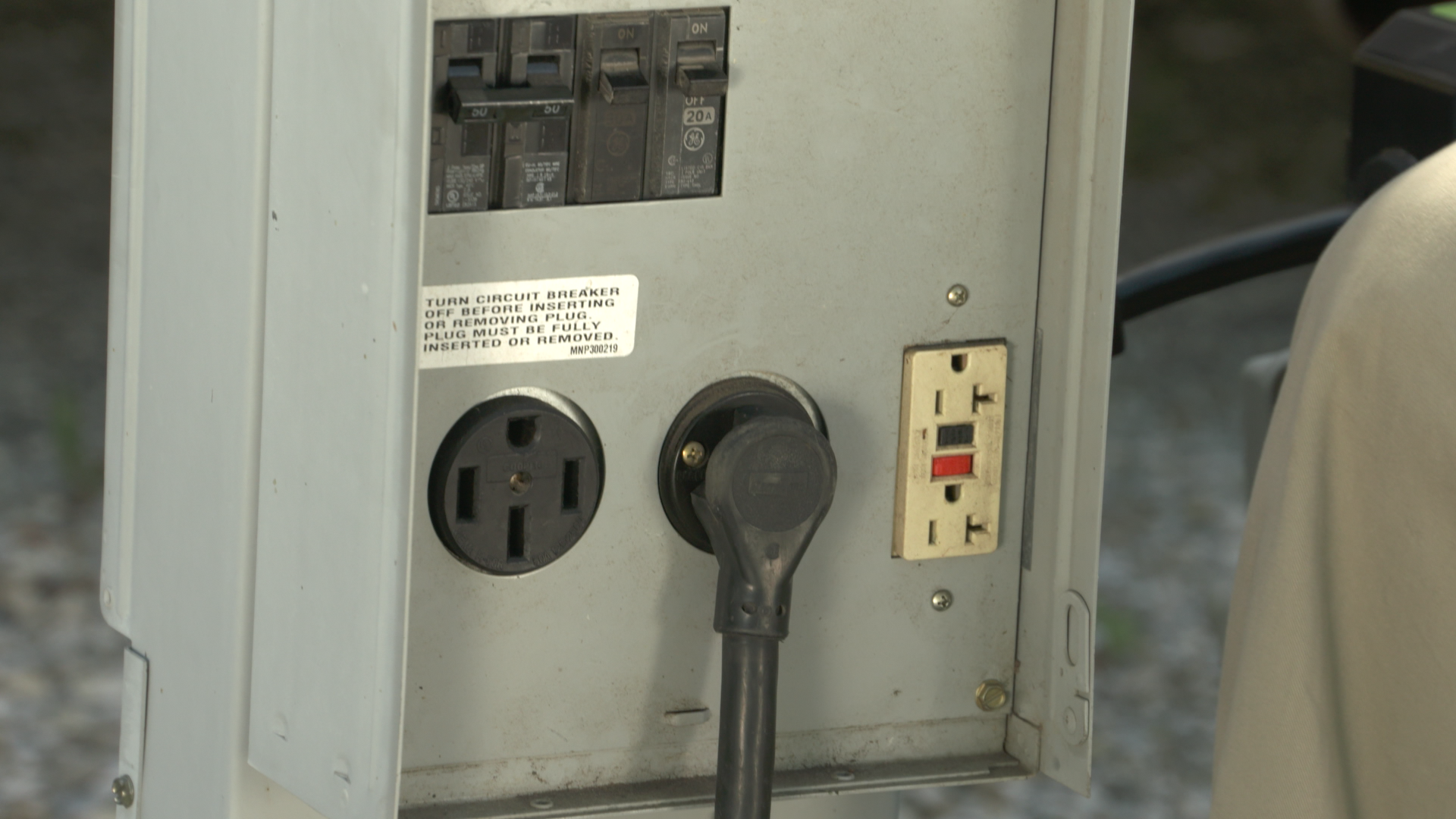
A basic understanding of the different units of measure such as amps, watts, and volts are discussed and their role in the 120-volt AC electrical system. An understanding of these units of measure is important in knowing the limitations your rig might have when it comes to running appliances.
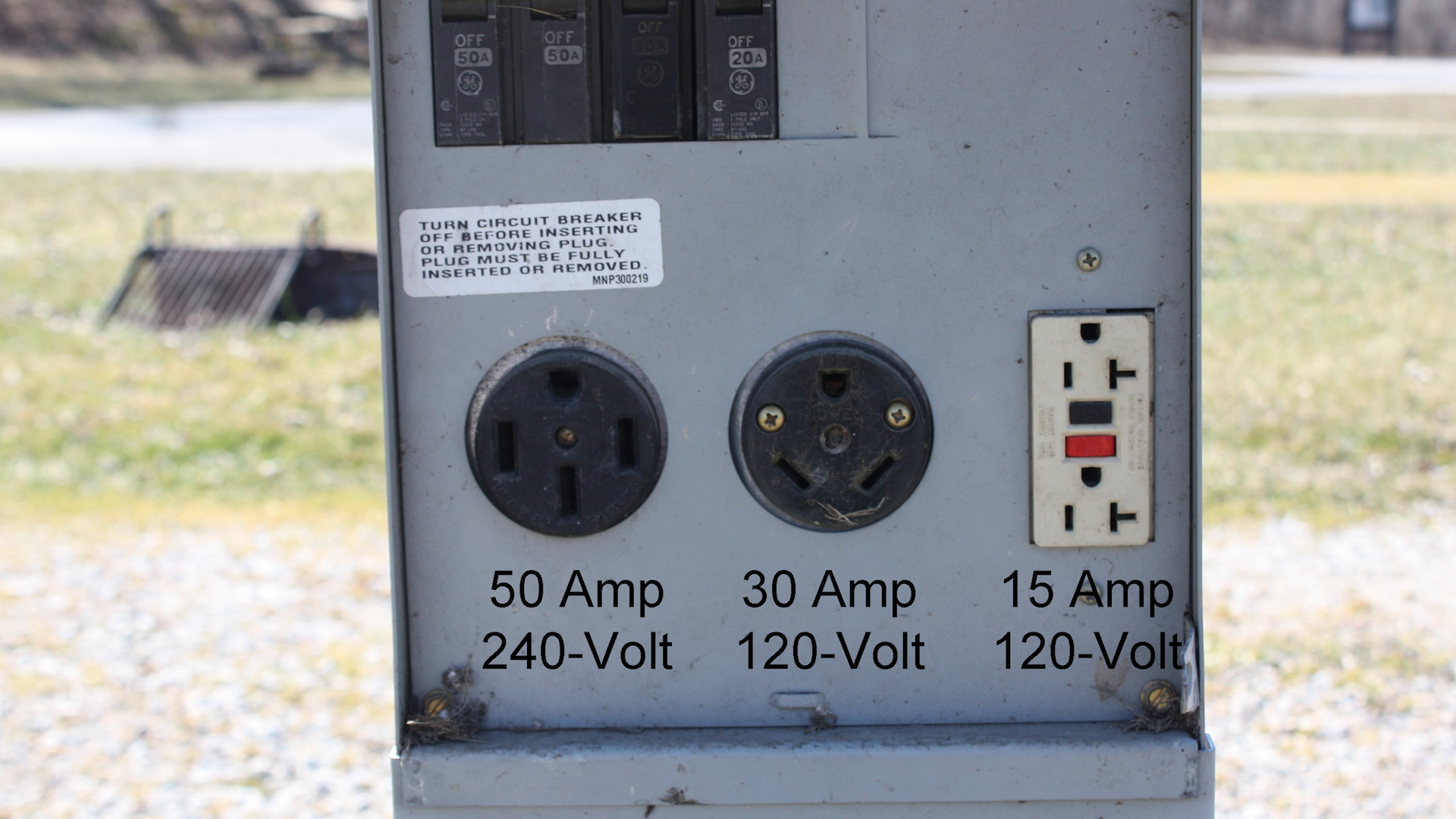
Not all appliances in your RV operate on 120-Volt power and some even require both 12-Volt and 120-Volt power such as the refrigerator! This section covers the different appliances and their power requirements as well as some that run only on 120-volt power supplied by the 12-Volt batteries through an inverter. These items include small appliances such as the TV but can also be larger items such as the refrigerator through a bigger inverter and larger “bank” of batteries.
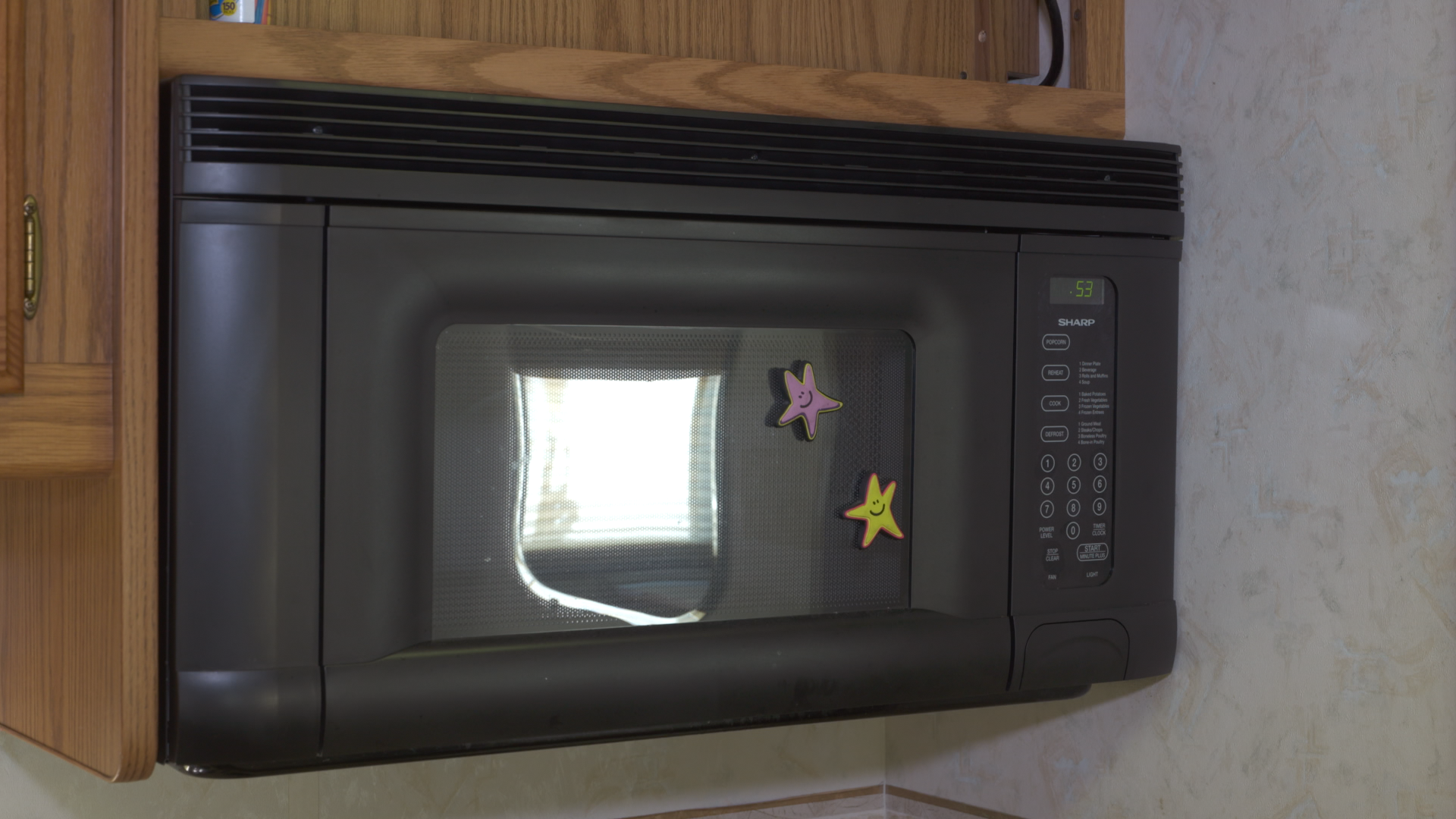
Using a multimeter, we show what voltage is available at the 15, 30, and 50 amp outlets to better understand the system. The 50 amp outlet actually has two 120-volt “legs” going to the distribution center, placing the probes across the hot connectors shows 240 Volts available while going from one hot to the neutral shows 120-volts at each side.
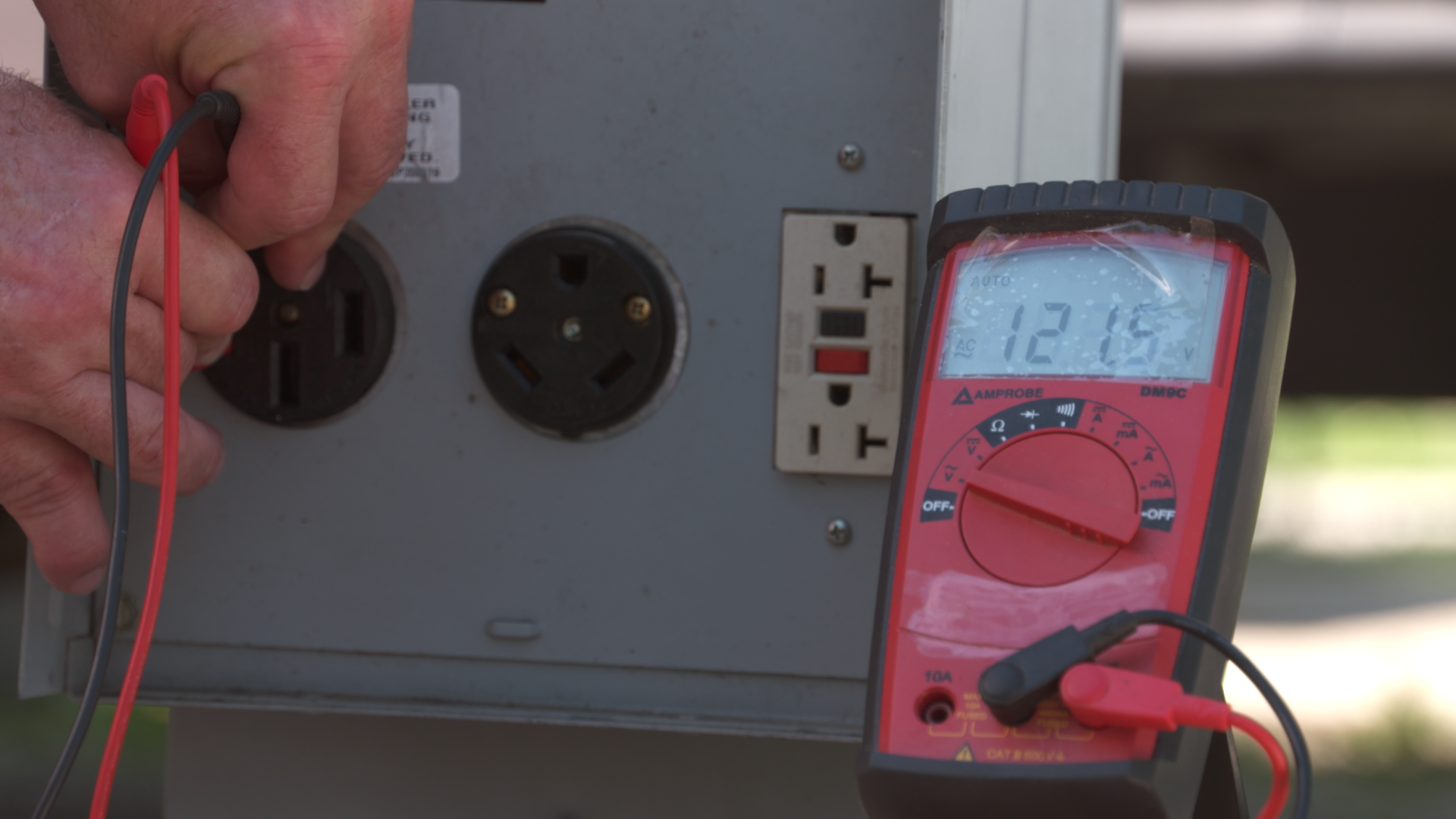
Before plugging your RV into any electrical provider you should verify the source is wired properly and that you have a safe voltage. This session shows a variety of tools you can use to check individual outlets starting with an inexpensive analog meter, a digital monitor, a multimeter, and finally a top of the line surge protector which also has a digital display showing all the information needed to complete these tests.
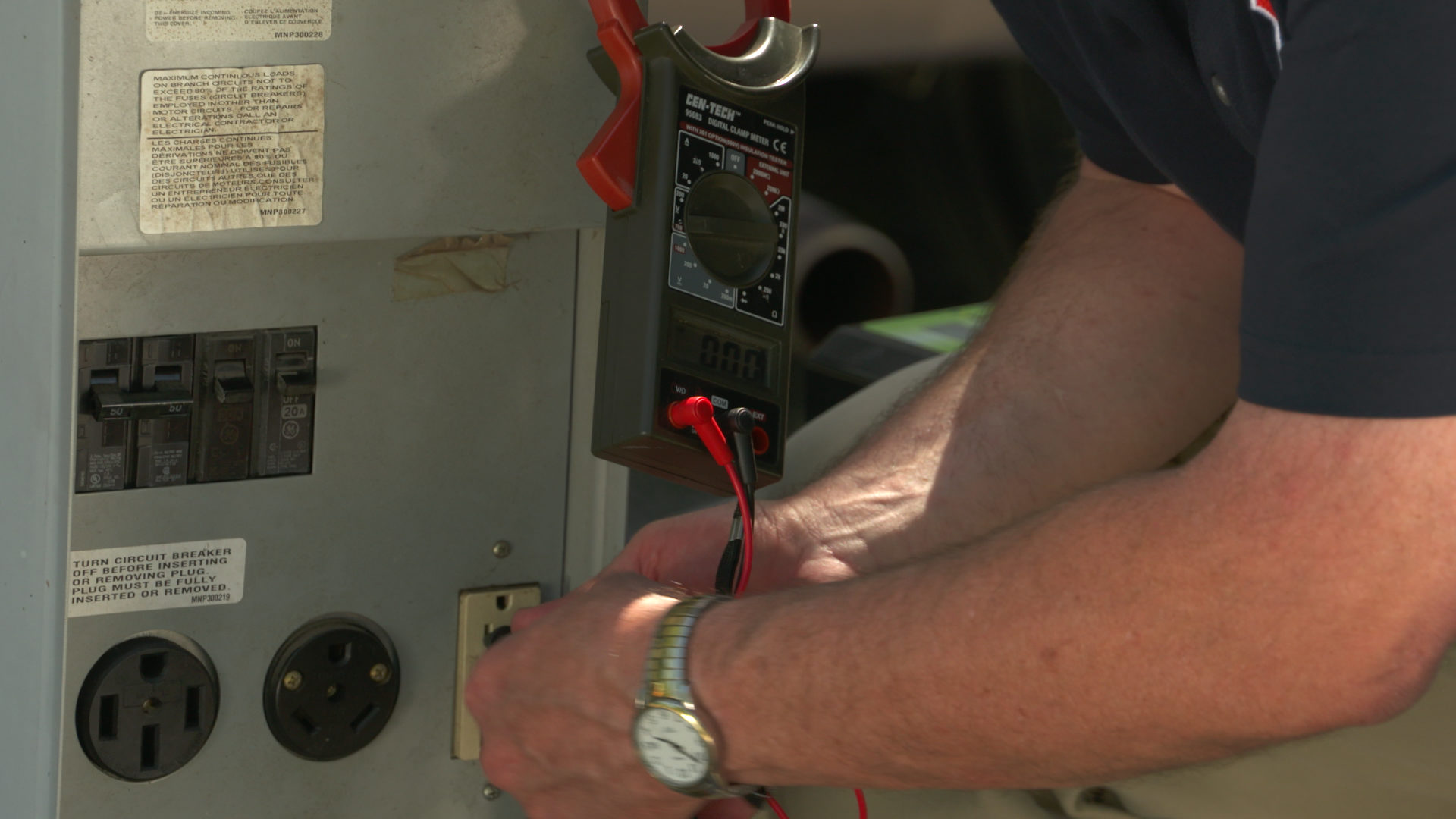
The distribution center in an RV is similar to the breaker panel in your home as power from the outside source whether it’s campground or generator comes into the panel to a main terminal strip commonly called a “bus bar”. Individual appliances and outlets are connected to this bar through a circuit breaker in the panel as well as the converter which converts 120-volt power to 12-volt to charge the house batteries.
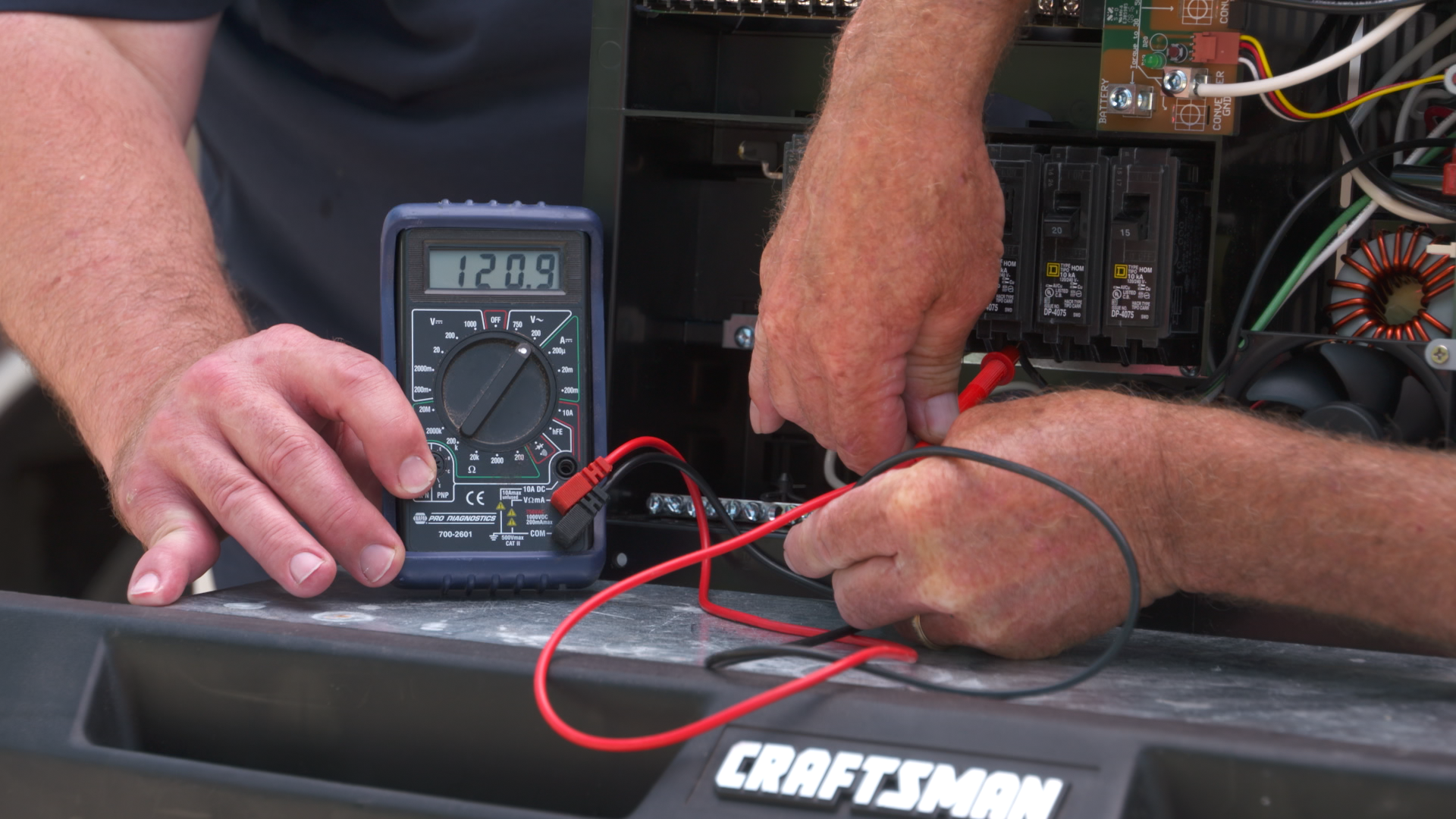
120-volt power can be supplied by the campground source through the shoreline cord or by an on-board generator. Some models have an automatic transfer switch (ATS) which sense where the power is coming from and automatically switch the source, others need to have the shoreline cord manually connected to a “J” box or outlet coming off the generator.
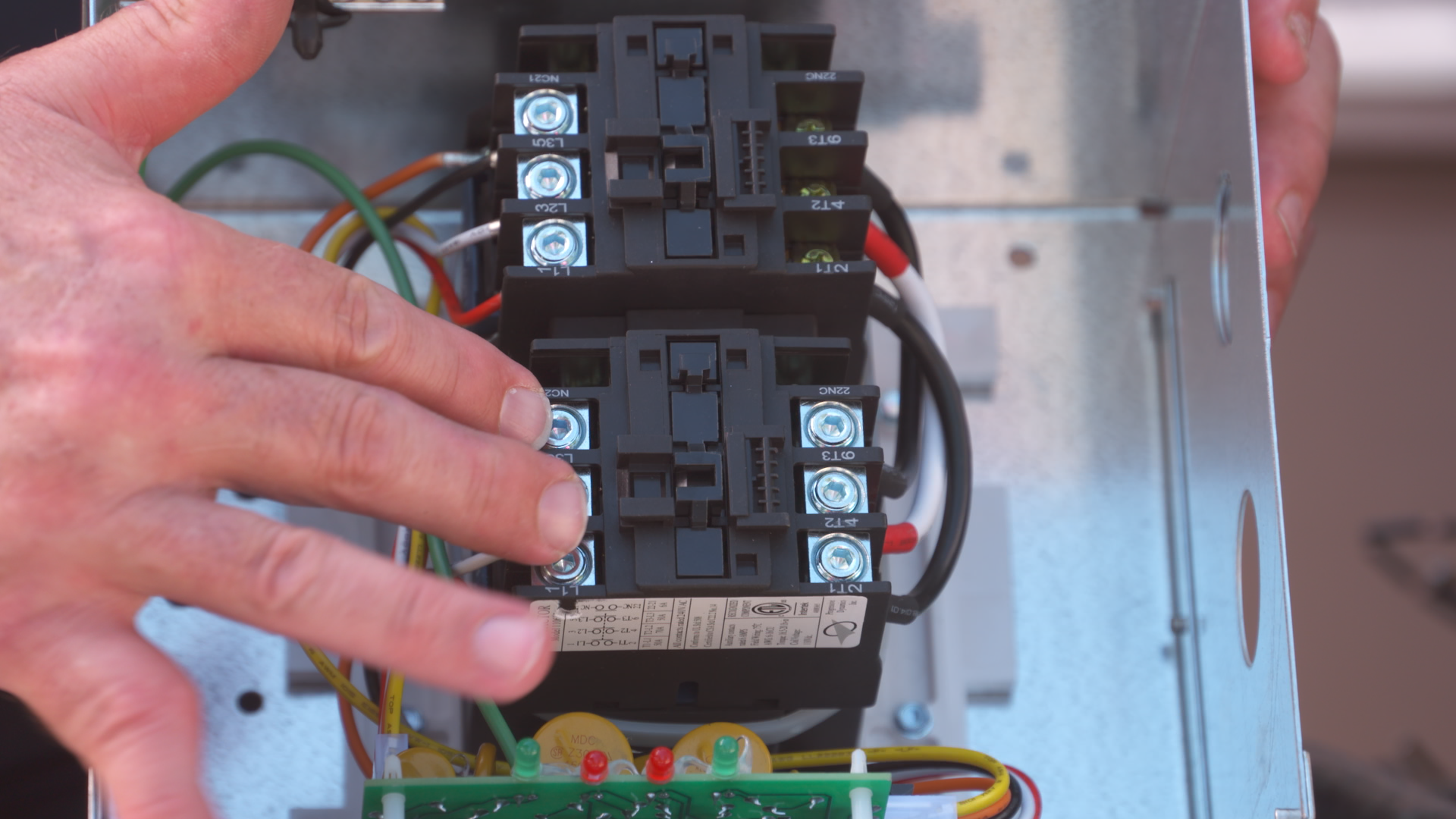
It’s important to know how much “power” or amps your rig is drawing from the campground source when connected to 30 amp and even more important on a 15 amp source. Then factor in the coffee pot, hair dryer and other accessories and you can easily overload a circuit. This segment shows how to use a cool tool to show what type of draw you will get from plug in accessories to help manage your power draw.
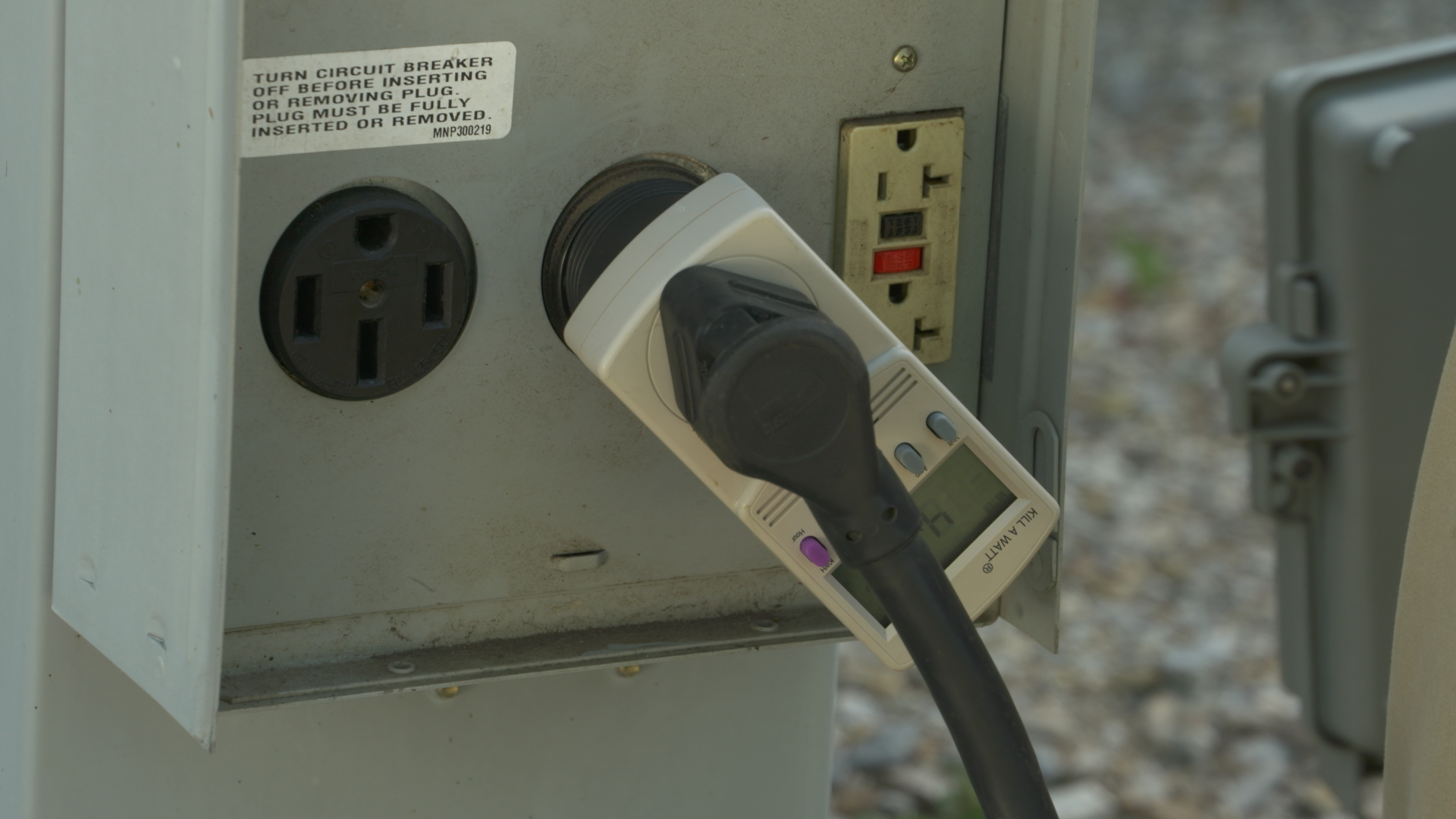
A multimeter is a versatile tool that will allow you to check 12-volt DC power at the house batteries and charging capacity from the converter. On the 120-Volt AC Volt setting it will show proper voltage to outlets, from the campground source, and to appliances. The Ohm setting will show resistance values for testing the refrigerator thermistor and other electrical components. Using either the Ohm setting or continuity setting will provide testing of wiring for breaks or what is called “open” circuits.
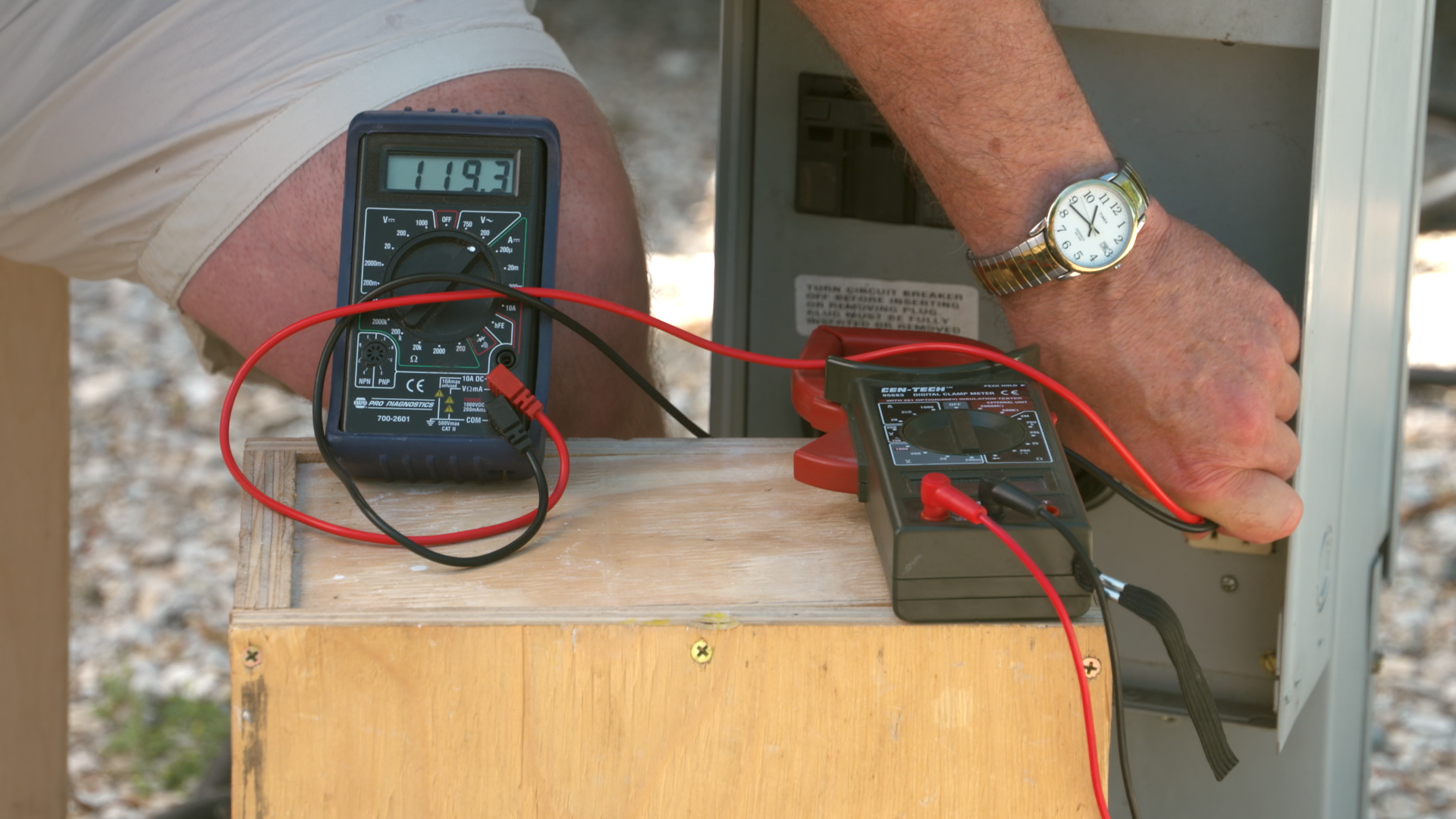
Most homeowners do not need to worry about shutting off lights, appliances, or heating and AC units when they turn on the microwave to avoid overloading the electrical system. In an RV we need to be aware of the power requirements of appliances and either shut them off manually or use an energy management system that will turn certain energy “hogs” off automatically.
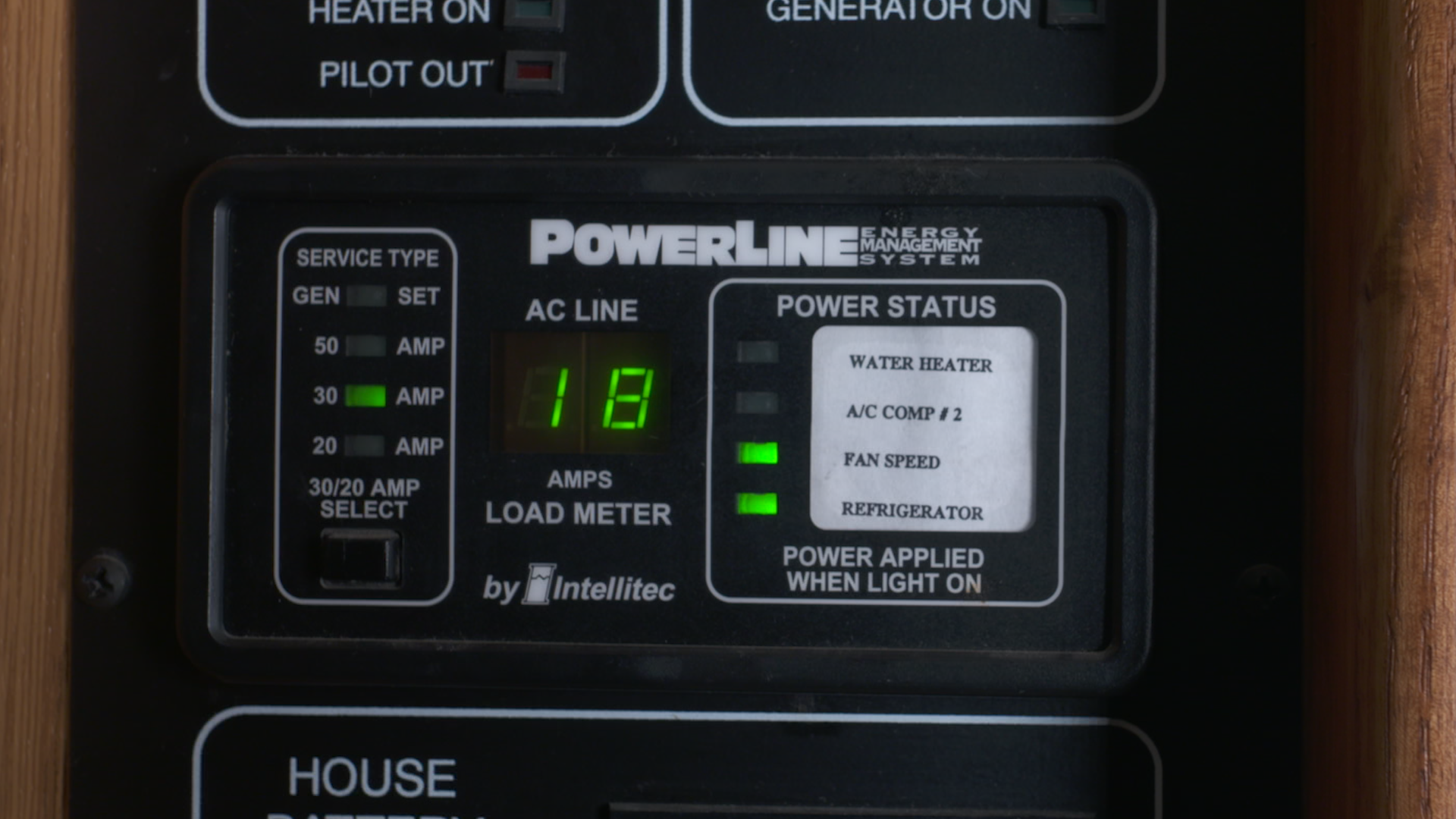
RV Manufacturers conform to strict safety regulations mandated and inspected by National Electric Codes and RVIA. There are however some precautions RV owners should take and safety issue to be aware of. Electrical shorts, or improper wiring at the campground or in the rig can cause severe shock if it comes into contact with a ground as well as a slight electrical “current” or tingle known as “hot skin” that is covered in this section.
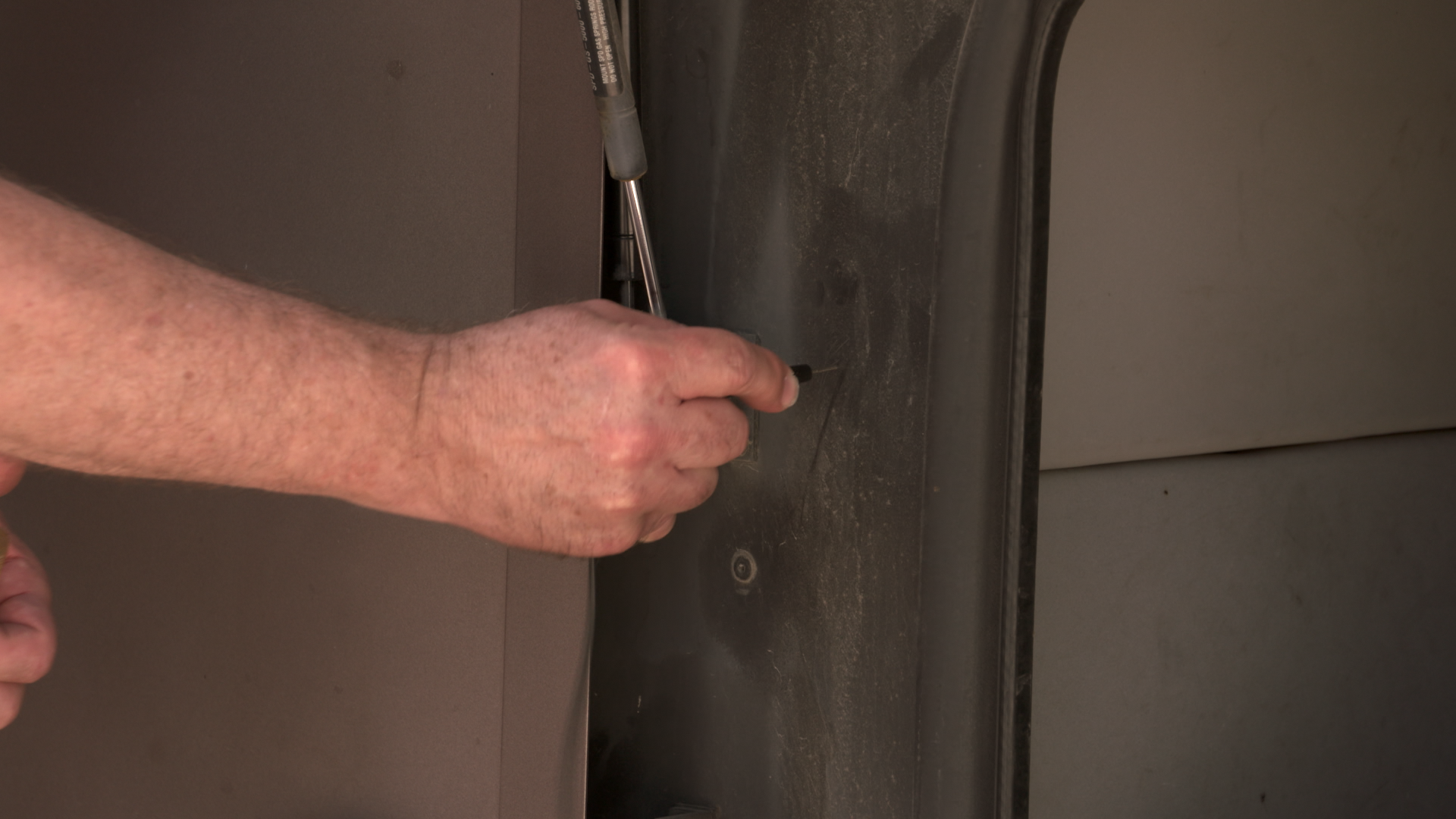
Even if you initially check the campground source for proper wiring and voltage, it’s a good idea to have a constant electrical monitoring system like a surge protector. The source may be ok at the time of hookup, but as more rigs connect to the services and the hot weather in the afternoon increase the usage from the units in the campground, it’s not uncommon for older campgrounds to drop voltage as well as an occasional spike at times.
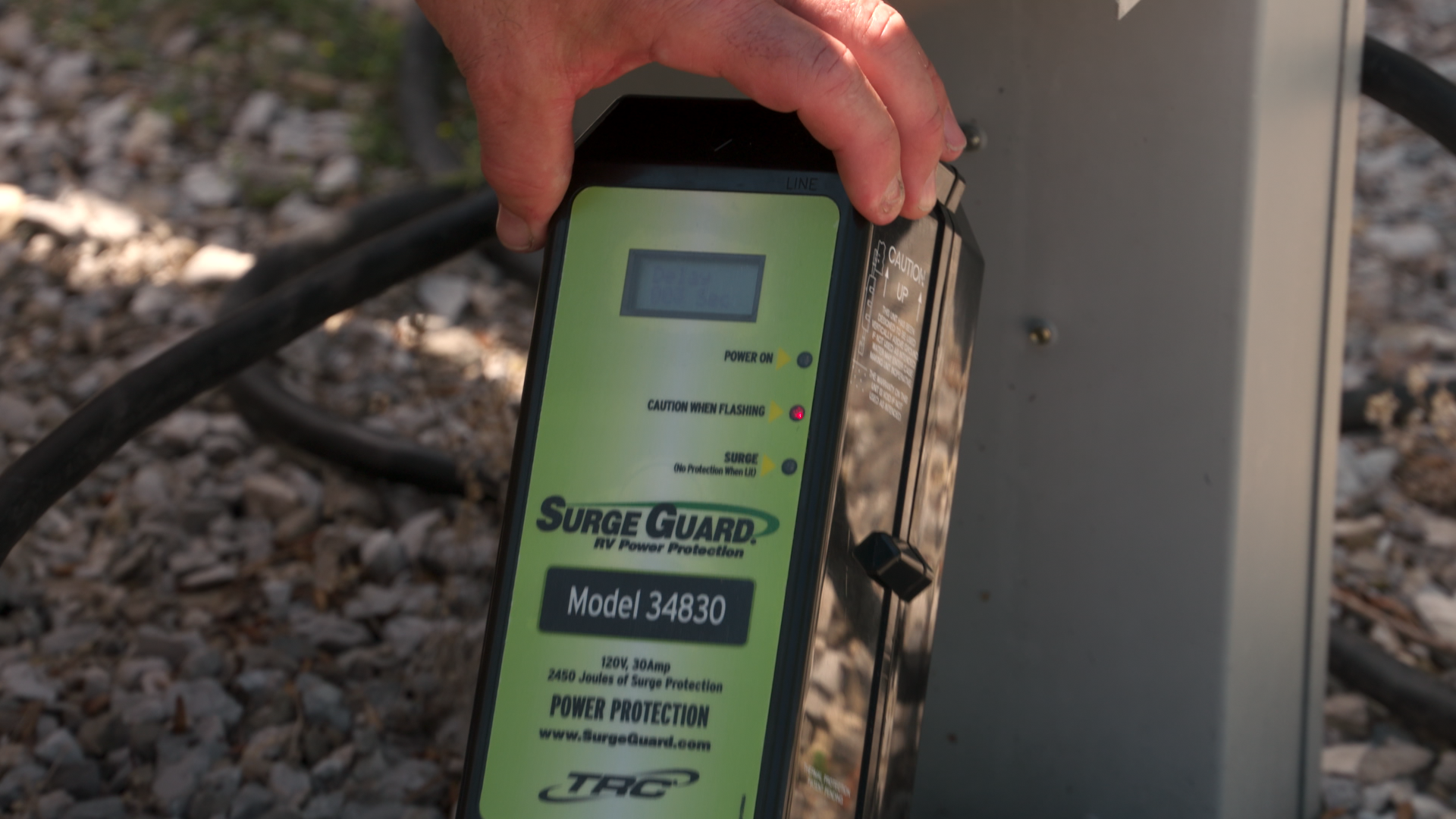
It’s important to understand how the electrical system works in your rig as well as how it is supplied to the various appliance to perform proper troubleshooting and diagnosis. Electrical diagnostics can be not only frustrating without the proper tools and procedures, but can be dangerous as well! This session shows you the proper tools and what they will tell you as well as a planned approach for the proper steps in a safe electrical system diagnosis and troubleshooting.
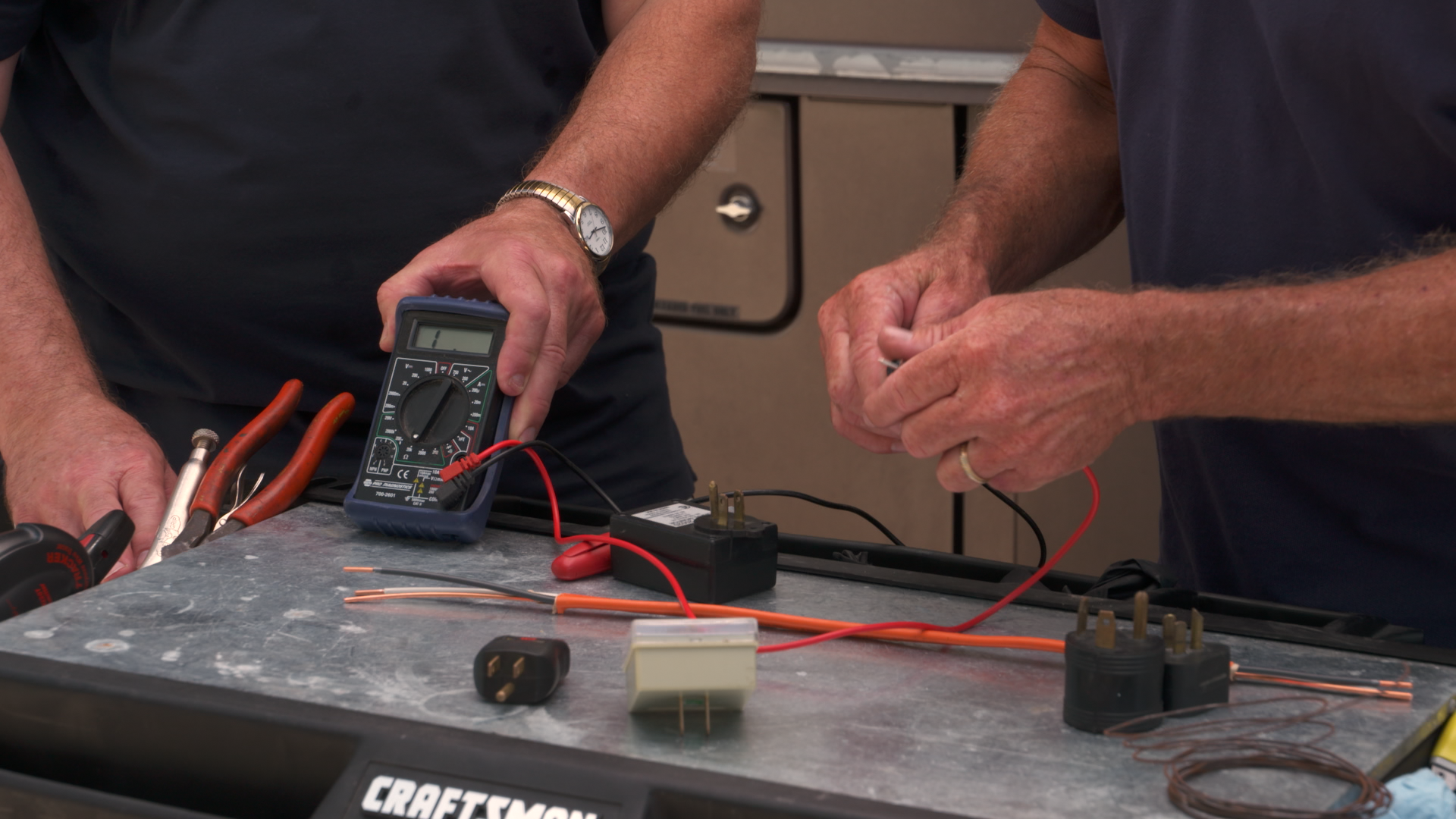
Although the electrical power used in your RV is similar to that used in your home, there are several unique properties to the 120-volt power that all RVer’s need to know.
This instructional class will walk you through, step-by-step, the key factors of your RV electrical system.
In your home, it’s simple… you turn on the coffee pot in the morning, check emails on the computer, and grab some cold milk from the refrigerator all without thinking about how the electricity makes everything work. It just comes from the pole outside, magically.
In your RV, it’s a little more complex than that! In this 120-Volt Electrical System class, you’ll see how electricity is supplied by the campground source or an RV specific generator to the rig, with the help of a distribution center.
Testing the campground source for proper voltage and polarity is important prior to hooking up your shoreline power. You’ll learn how to use a digital monitor or the less expensive analog version that also requires using a GFCI tester to check for proper wiring. Also, you’ll learn the difference in power requirements between the various power cords used in RVs.
A typical campground electrical stand, which is commonly referred to as shoreline power, will have a 15-amp plug-in with a GFCI outlet, 30-amp three-prong plug, and some will have a 50-amp 4-prong outlet that supplies two legs of 120-volt power for larger rigs. These are all controlled with a circuit breaker switch on the pedestal.
The distribution center is the heart of the 120-volt power source, and you’ll get an in-depth look at how the power comes into the center and is routed to each of the appliances and outlets through circuit breakers. Then we’ll cover how that power is used to charge the batteries through the converter which supplies the 12-volt DC system.
And finally, you’ll hear a discussion on energy management when only 30-amp power is available and troubleshooting basics – including safety tips, surge protection devices, and how to check individual amp draw of appliances and accessories.
In addition to the detailed video instruction you’ll receive, this online class provides you with some downloadable resources and helpful information to print and keep, including: A detailed Class Guide you can follow and use as a reminder for the key points of the class instruction; and a few resource documents that will help you get the most out of your 120-Volt electrical system.
FREE 6/12V Circuit Tester With 5 Ft. Lead ($7 Value)
Quickly check any 6 or 12 volt fuse with this handy circuit tester. An indicator light in the handle tells you if the circuit can carry an electrical current or not. Features include a 5 ft. lead wire and a needle point probe.
NOTE: You’ll receive this Class video instruction in two forms: As on-demand streaming video (in your RVRC Account); and as a physical DVD, mailed to you.
Dave Solberg
Dave Solberg is the Managing Editor of the RV Repair Club. For over 25 years, Dave has conducted a wide range of RV maintenance and safety seminars, developed dealer and owner training programs, written RV safety and handyman articles, authored an RV handbook reference guide and logged over 100,000 miles on the road in an RV.

Bonus materials available after purchase
How do I know what the Class covers?
Do I have to be a Member of RV Lifestyle & Repair to purchase a Class?
How do I purchase a Class?
How do I access/view my Class?
Do I have to take the Class right away?
Is there a limit on the times I can view my Class?
Can I view a Class on my tablet device or mobile phone?
How do I get access to the Bonus Materials for the Class?
How does the Class Q&A Resource benefit work?
Can I print out Class details?
What are PDF downloads?
Are there any system requirements to view the Class video content?
Why do you need my email?
Can I get a refund if I don’t like the Class?
How do I contact RV Lifestyle & Repair Academy?
Purchase Class
Purchase class and add to your personal library with on-demand video access.
- Enjoy on-demand video access to this content anytime, anywhere for the one-time cost below.
- You won’t lose access, with or without an active current Membership

Know Your 120-Volt Electrical System Class & DVD + FREE Circuit Tester
with Dave Solberg